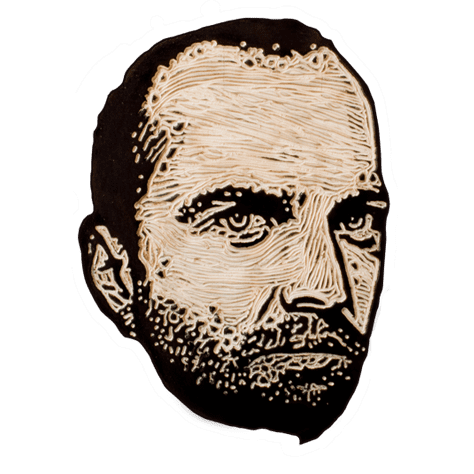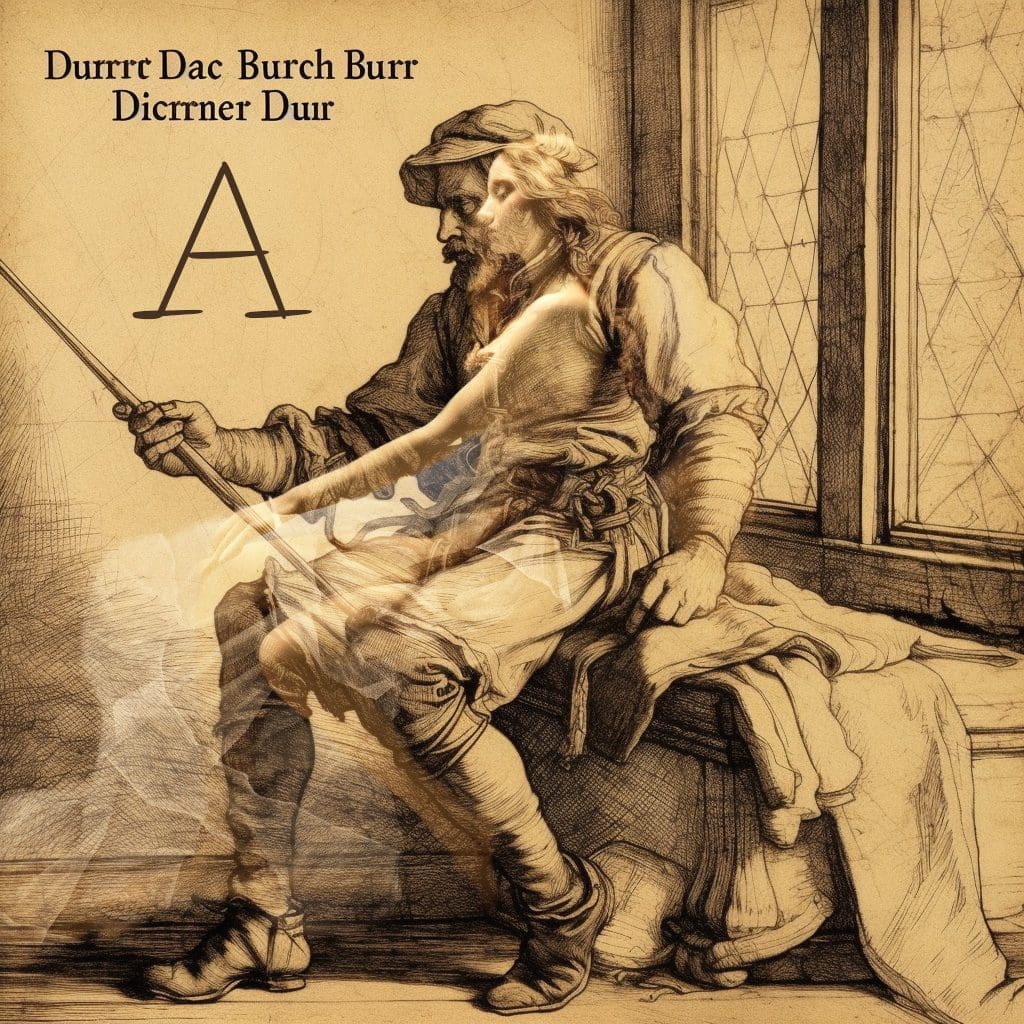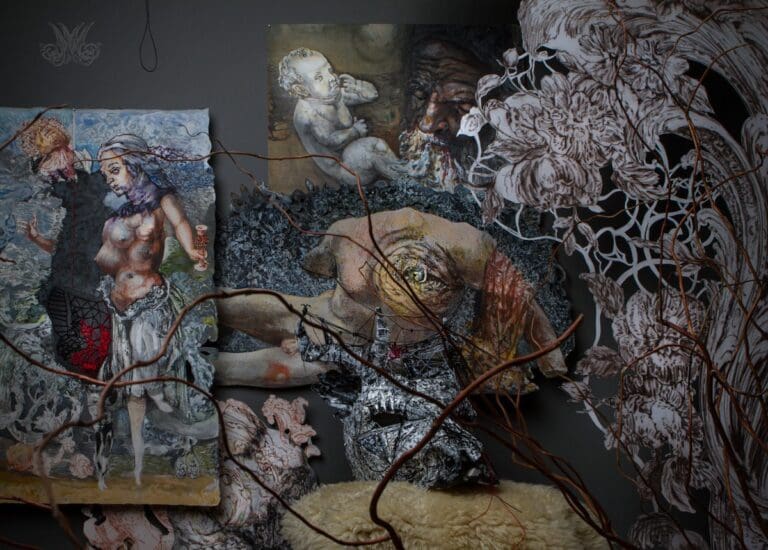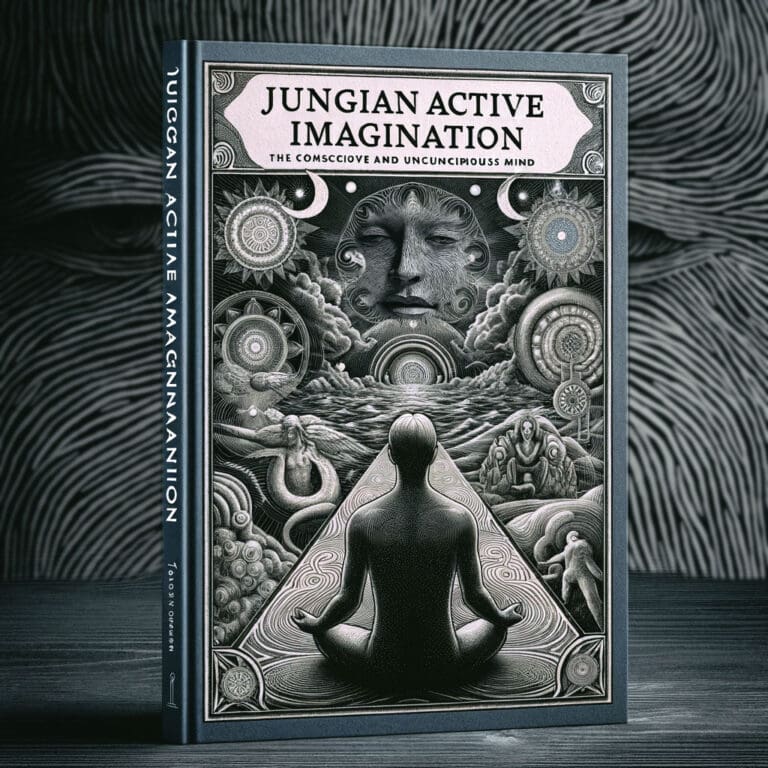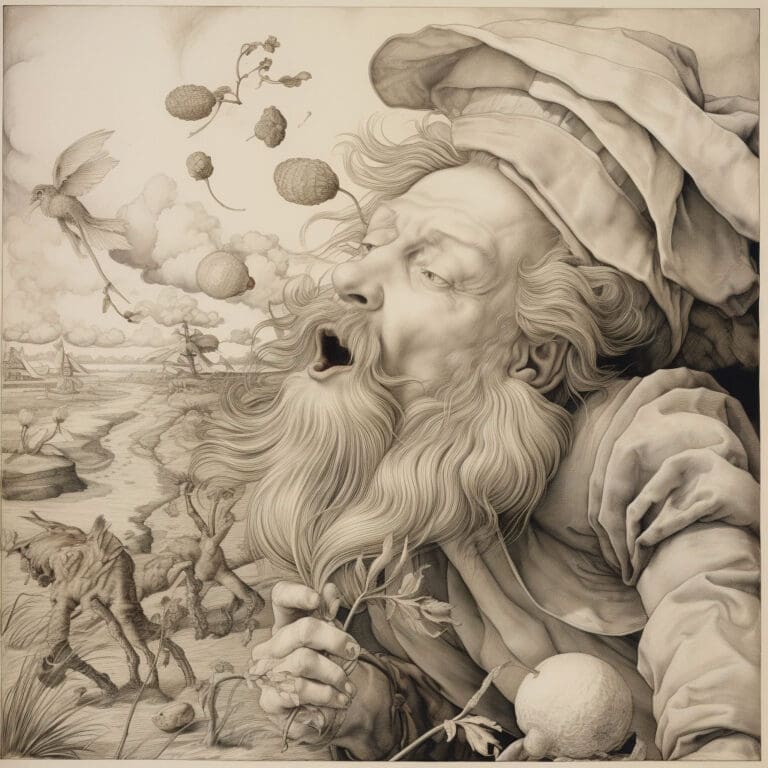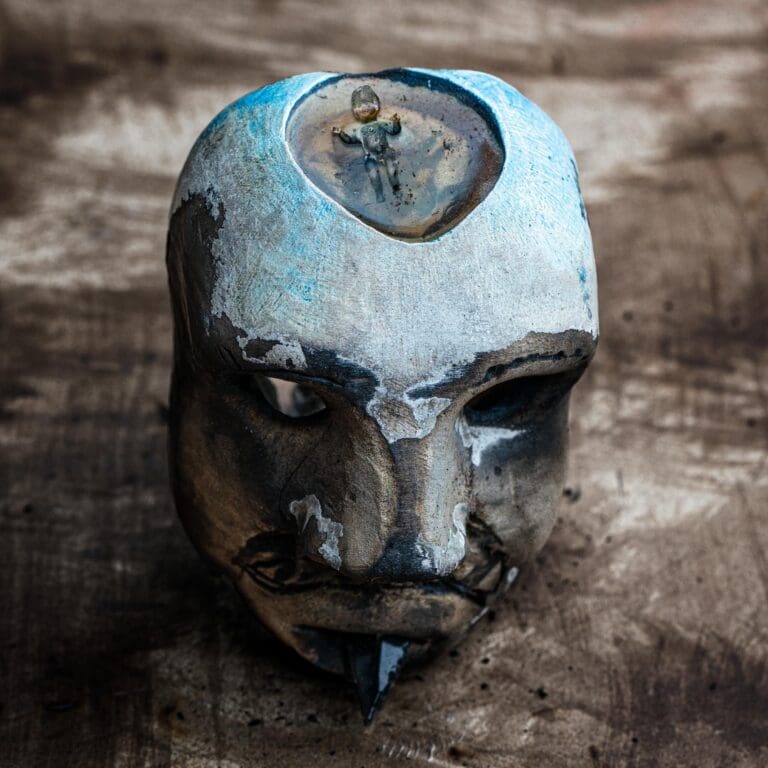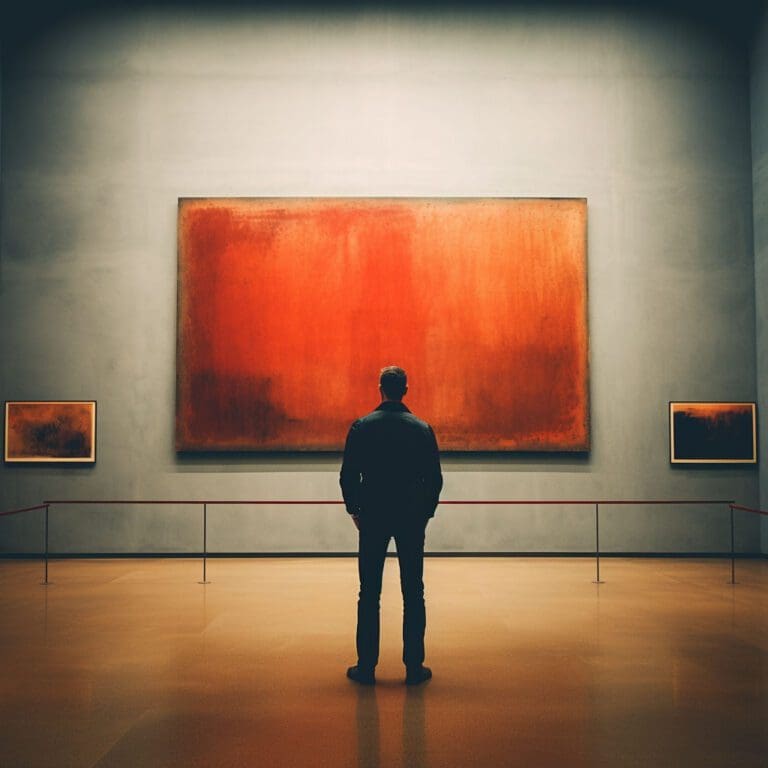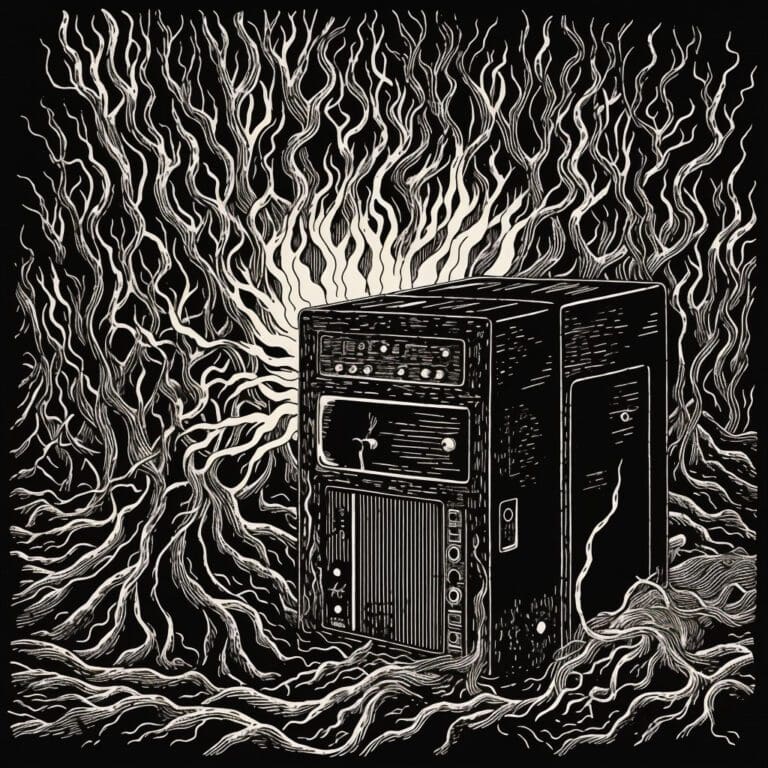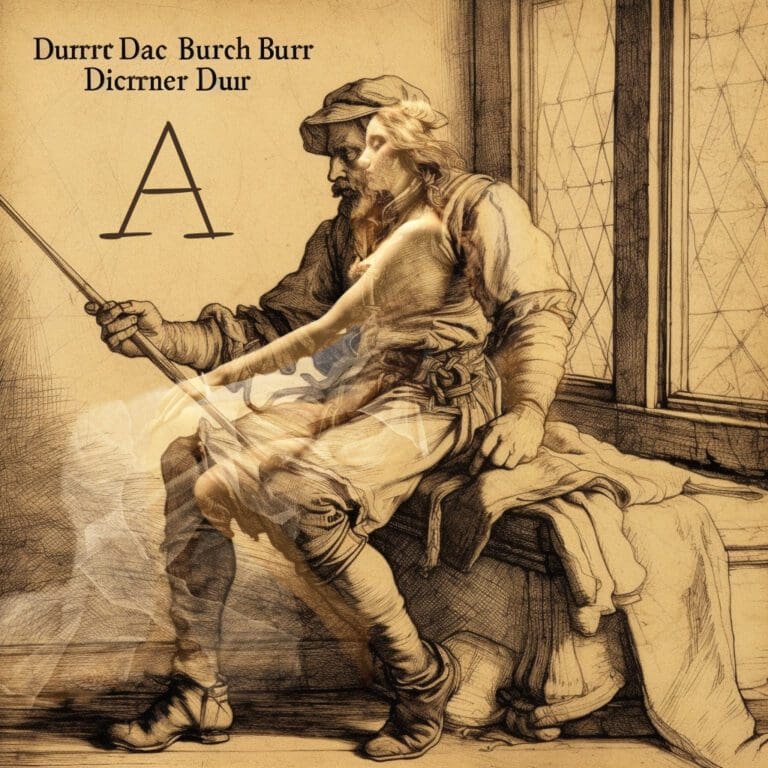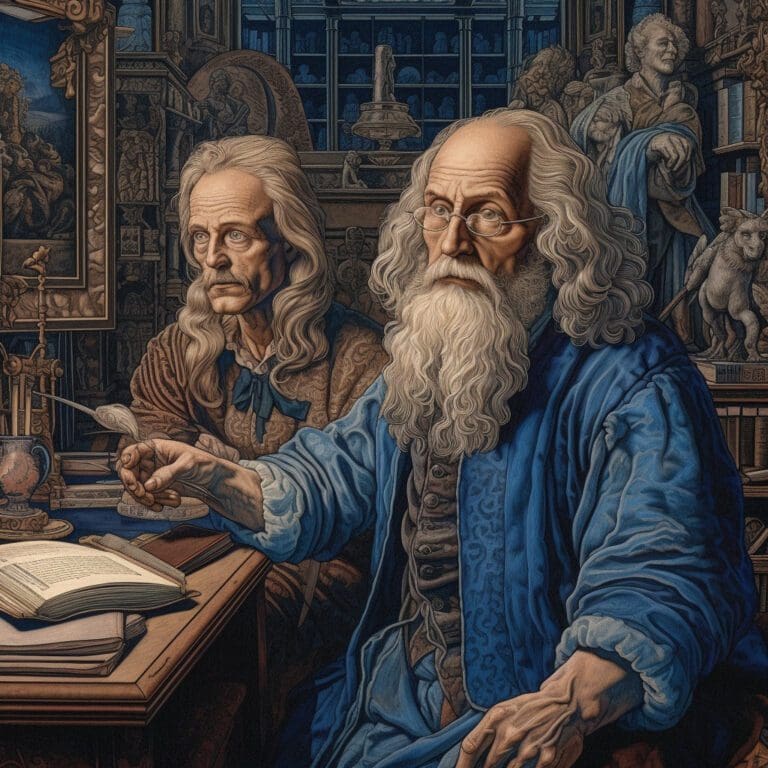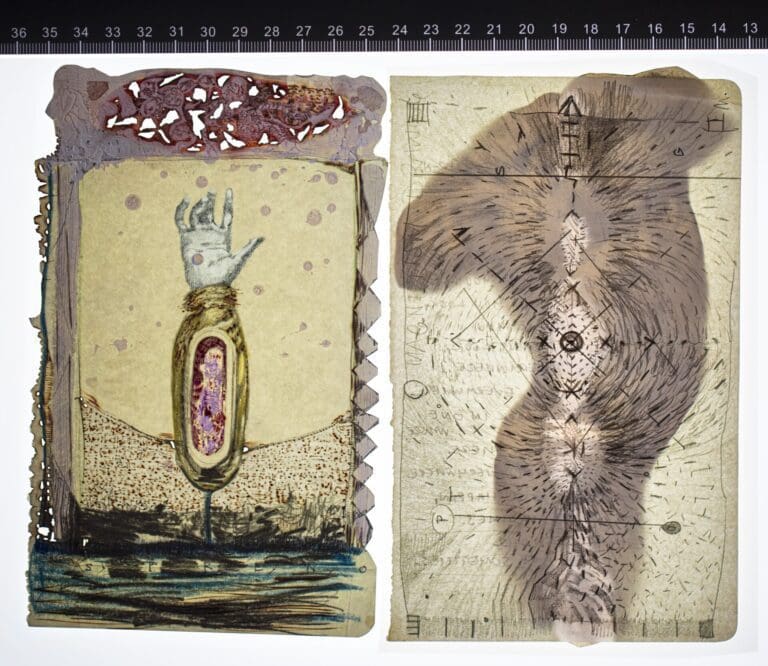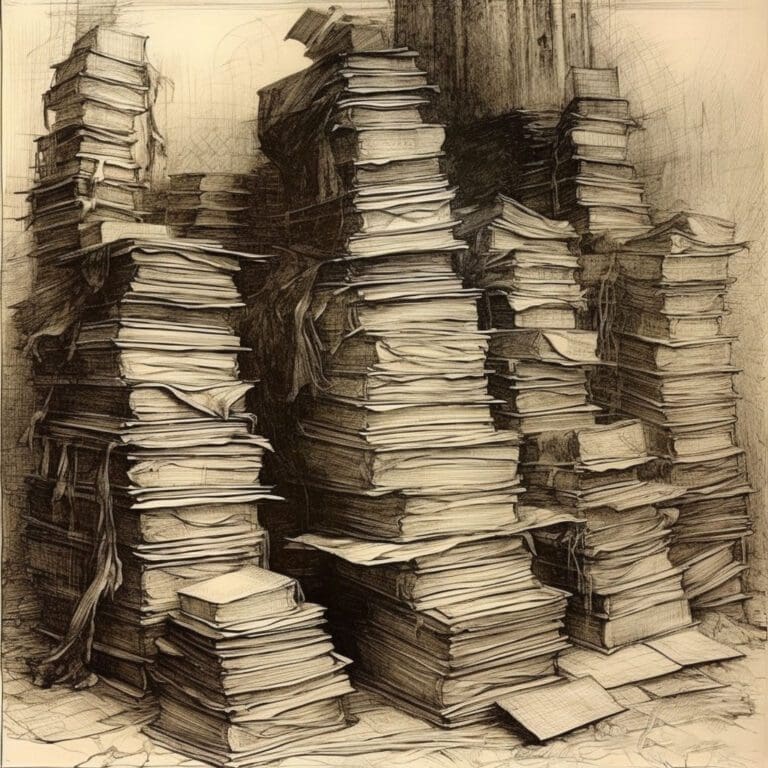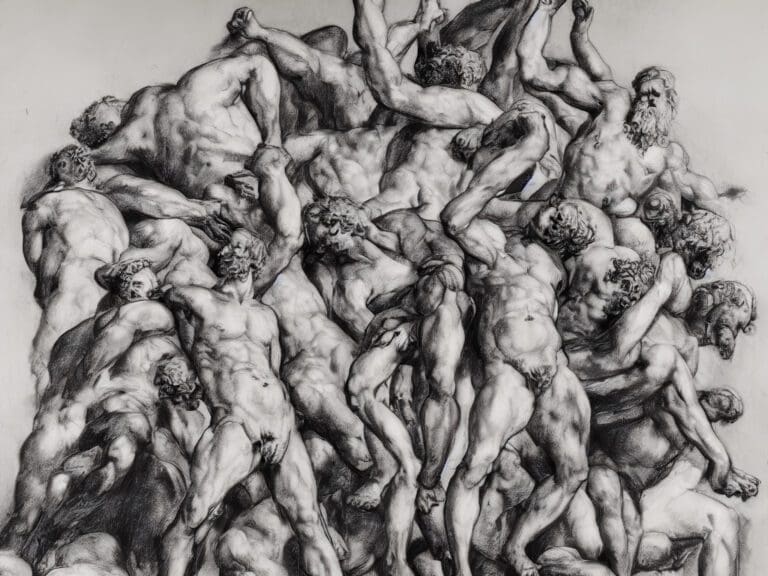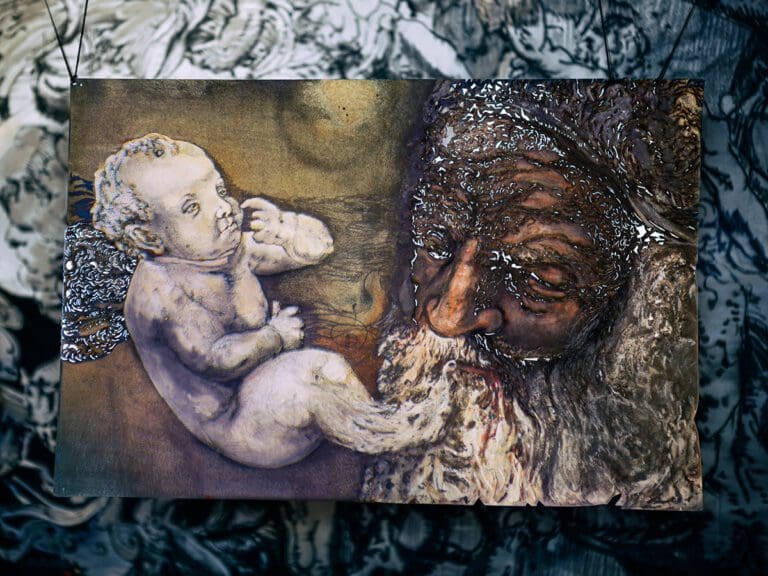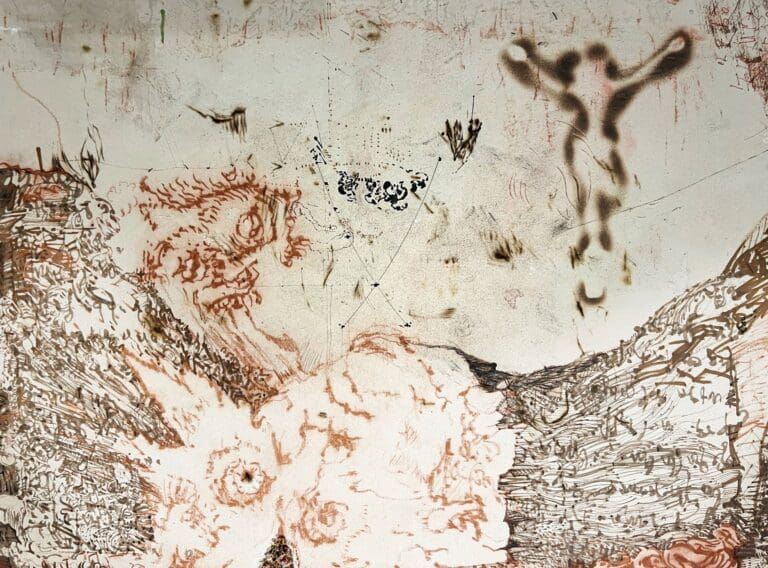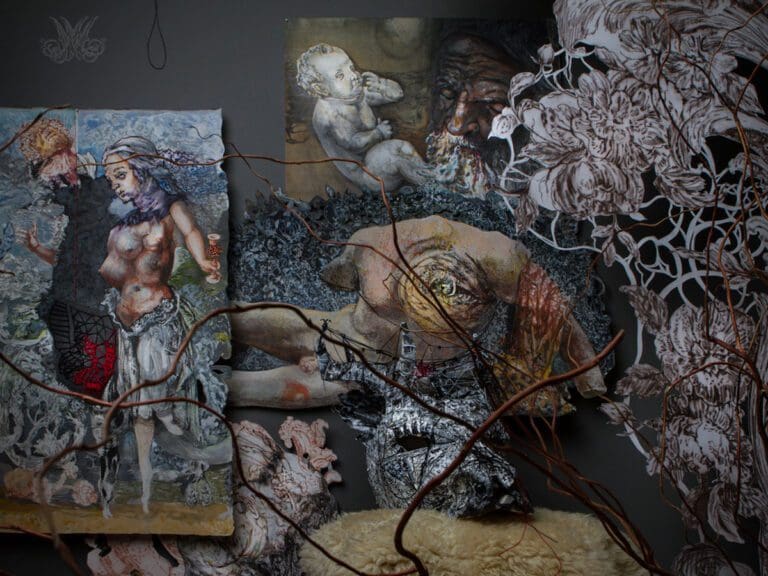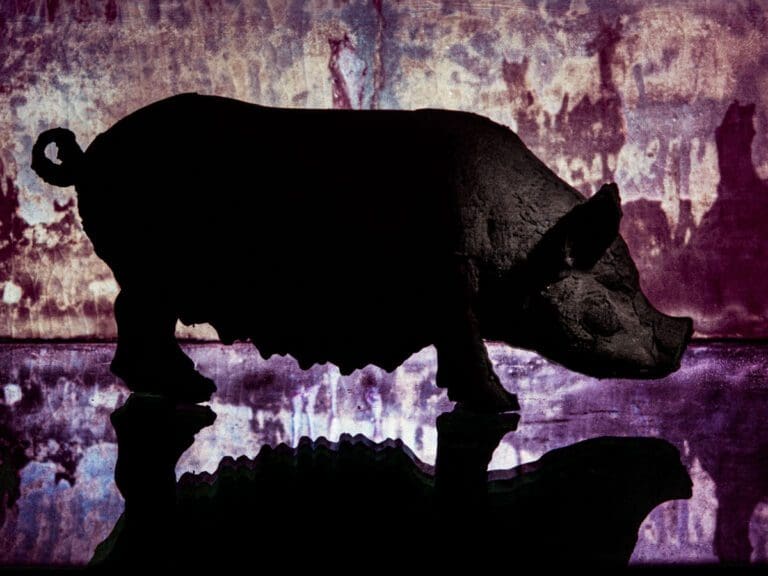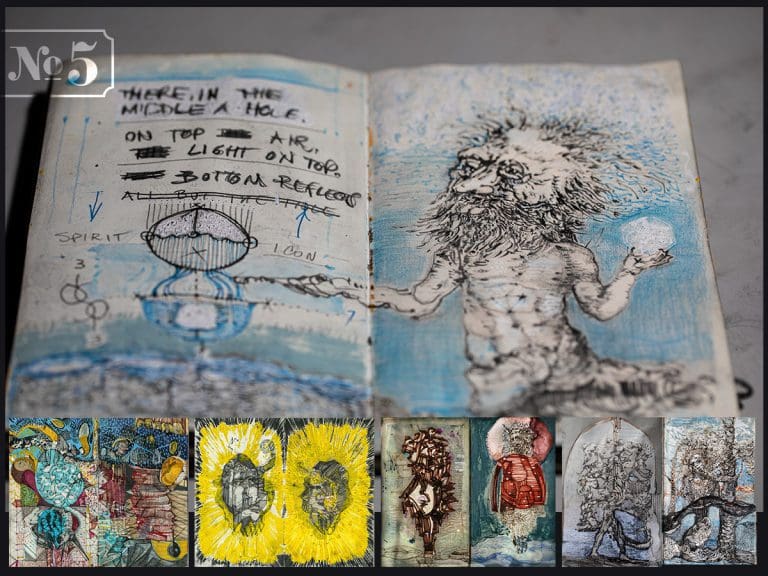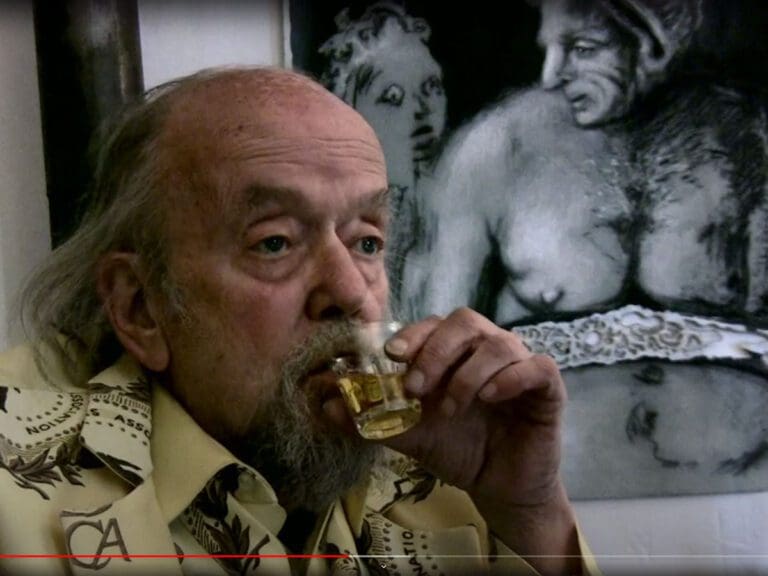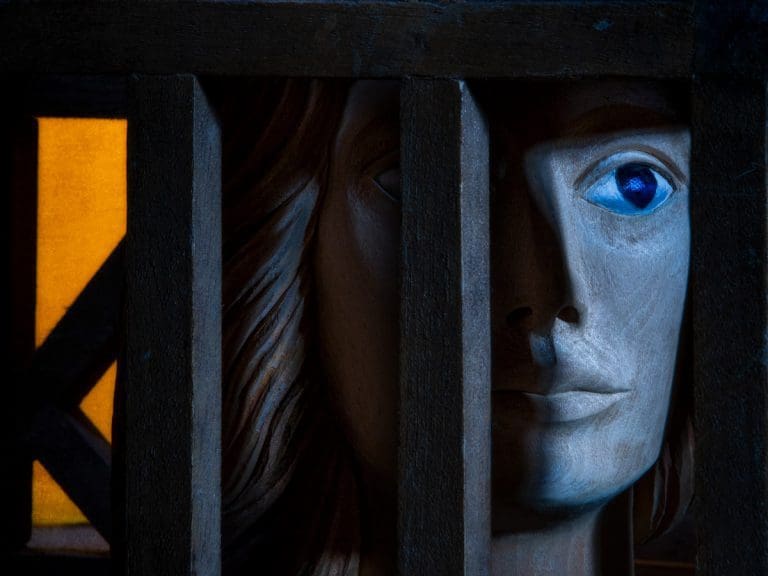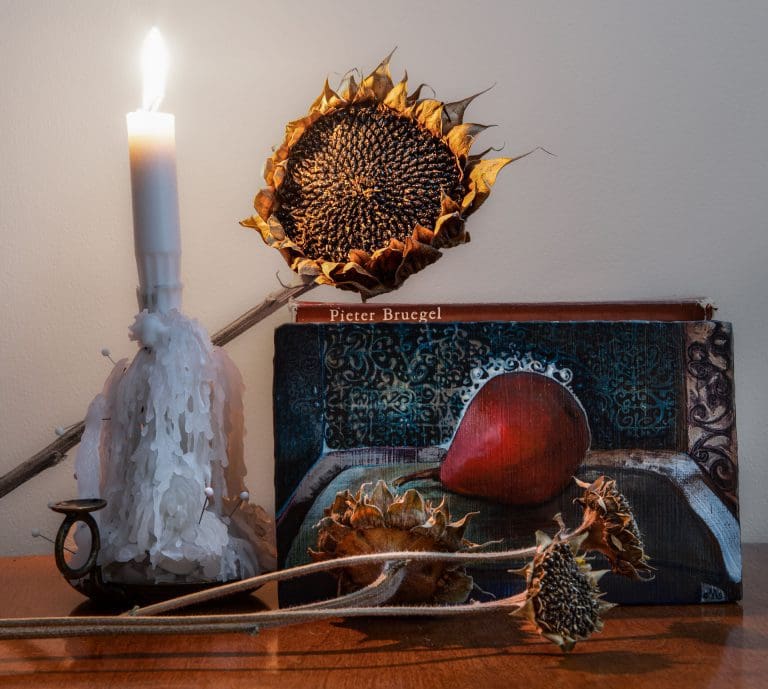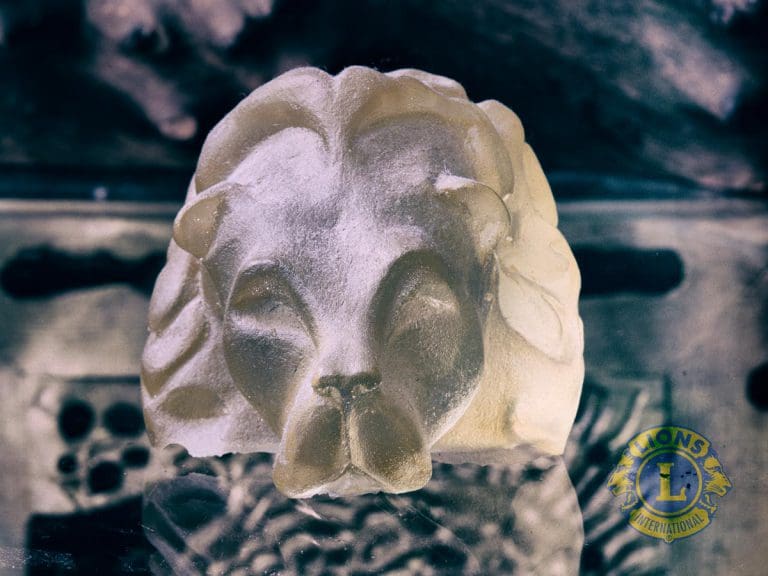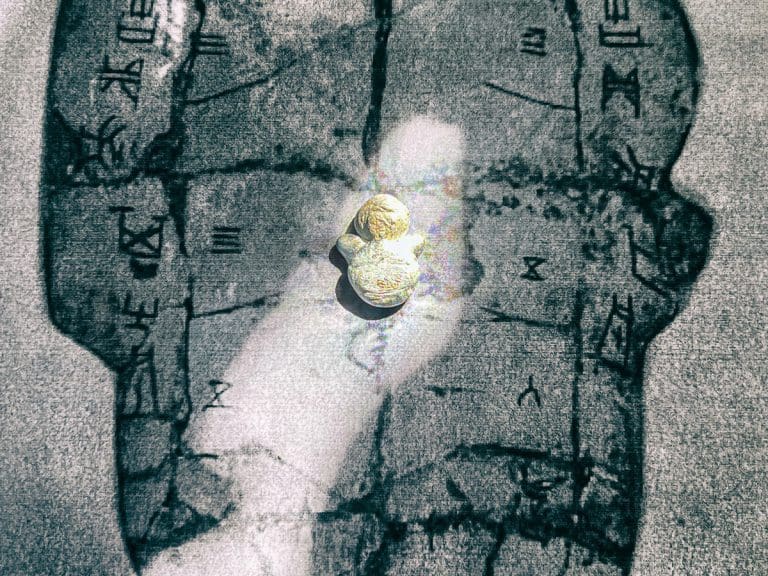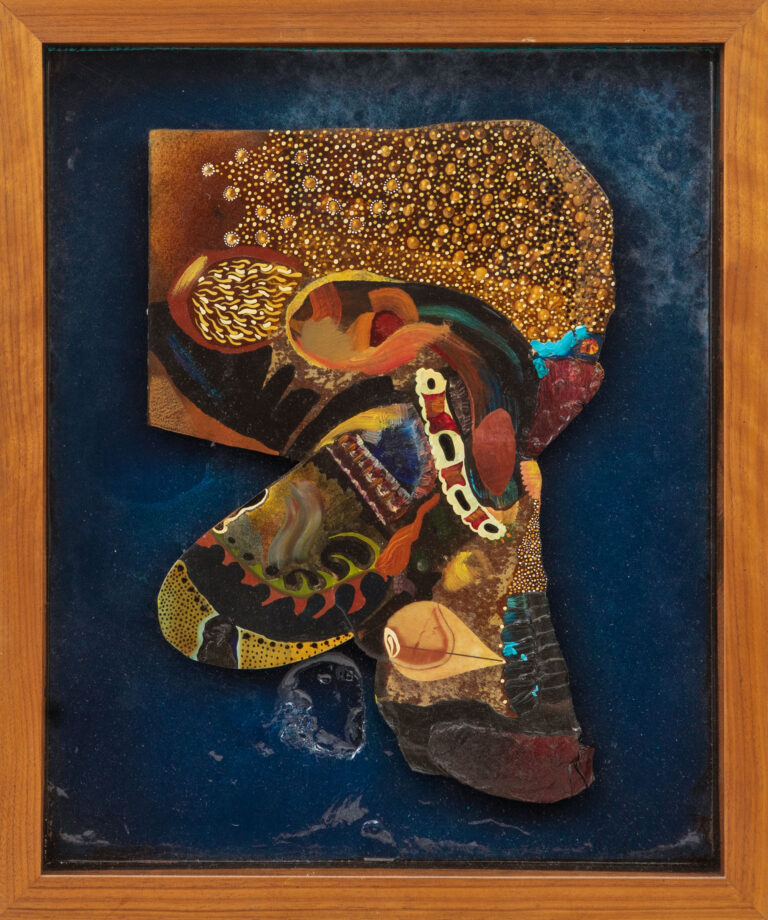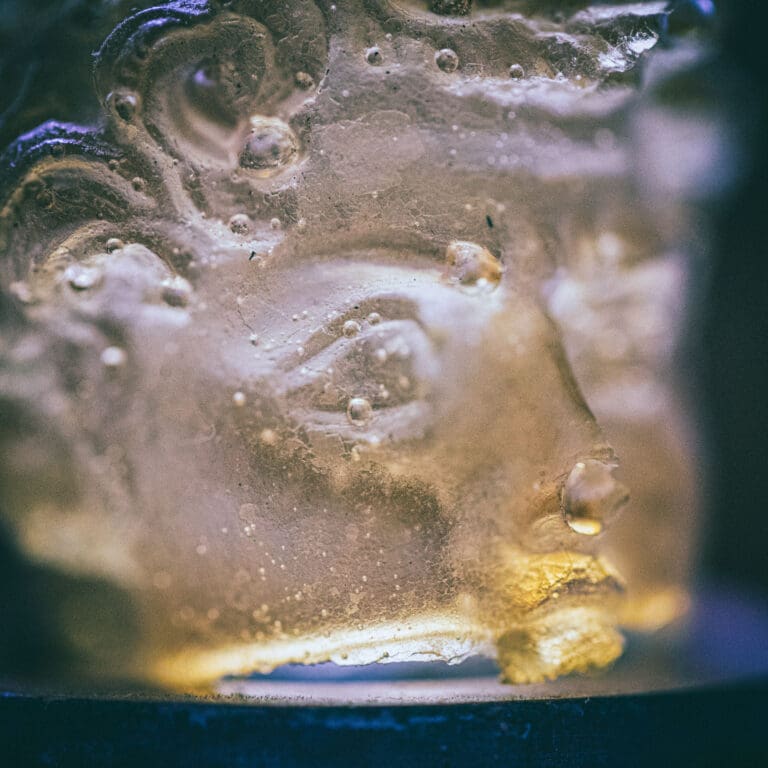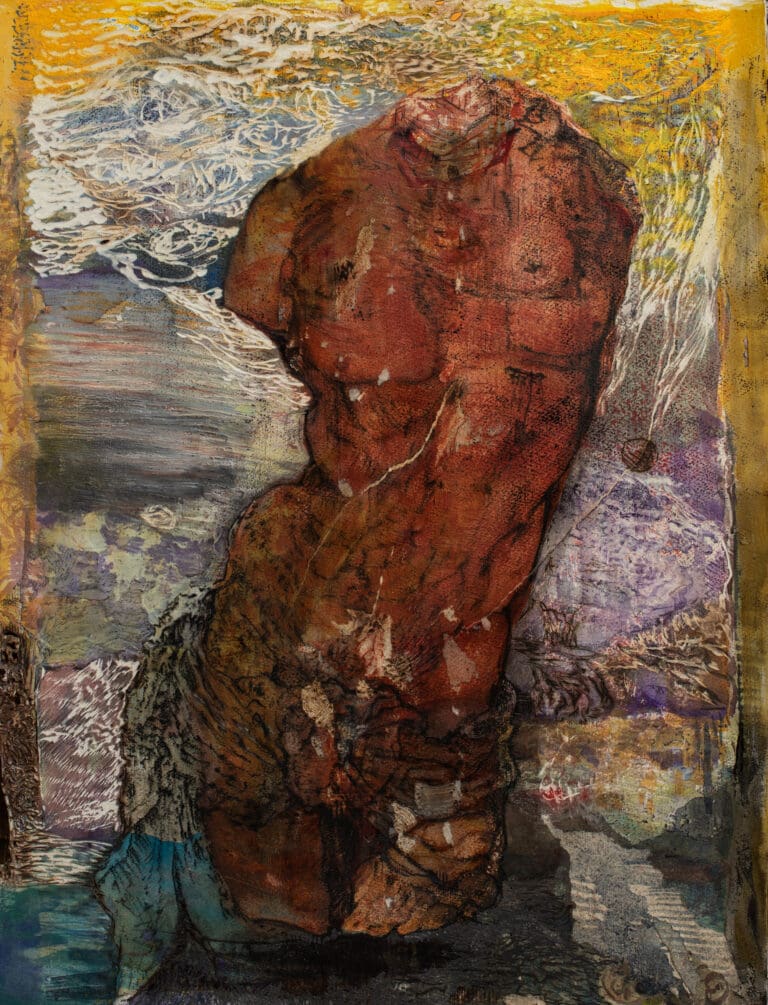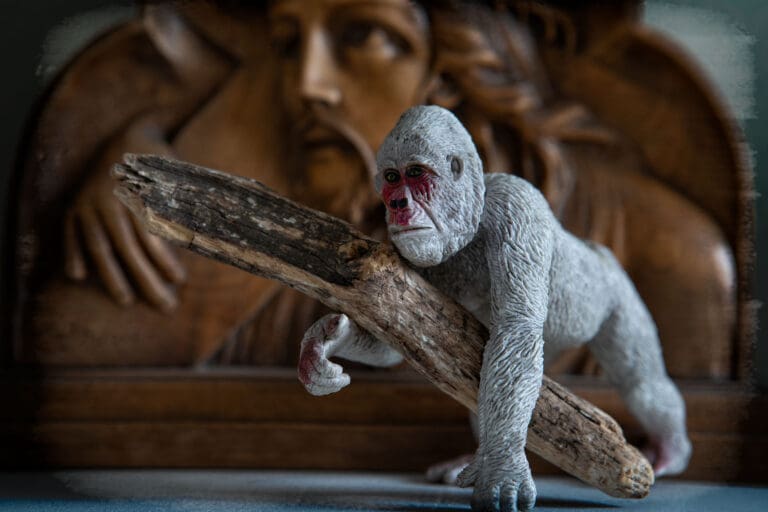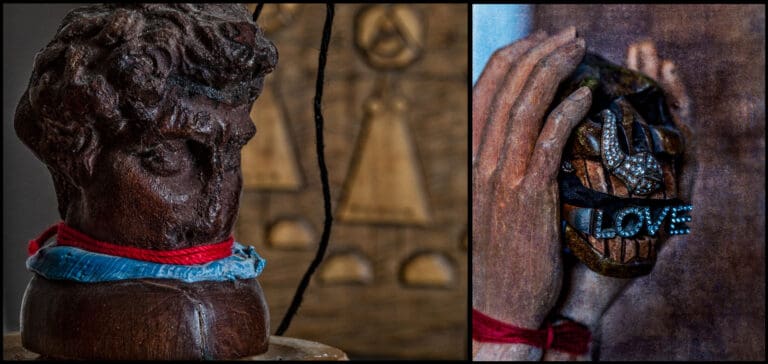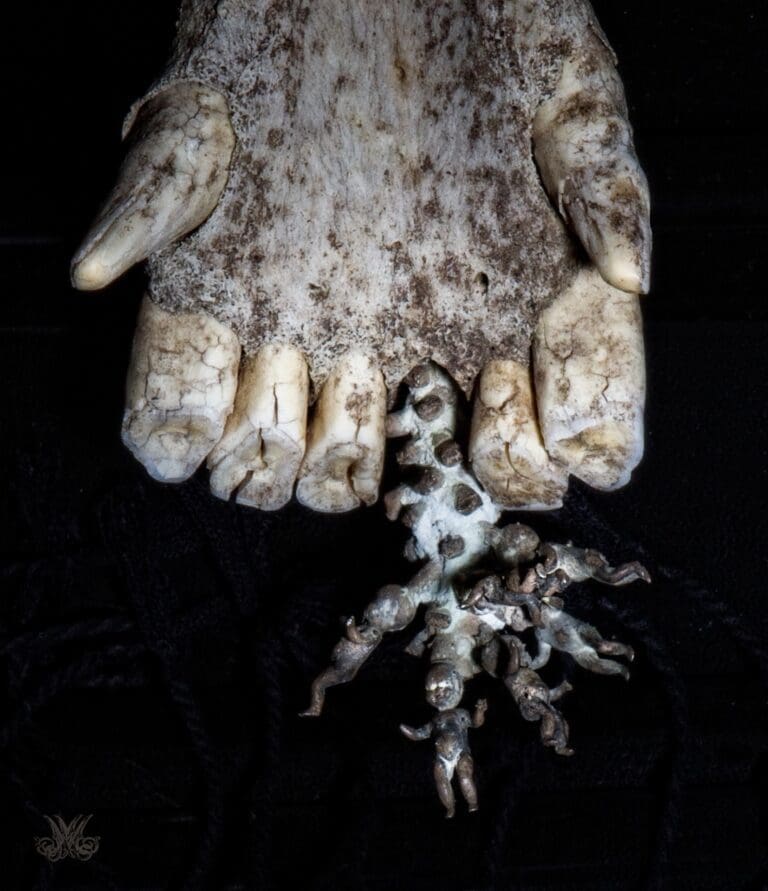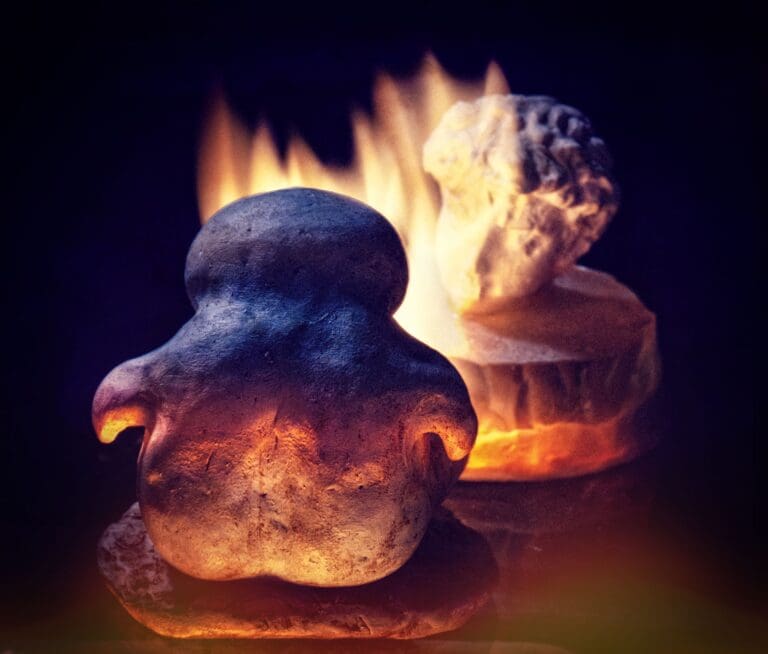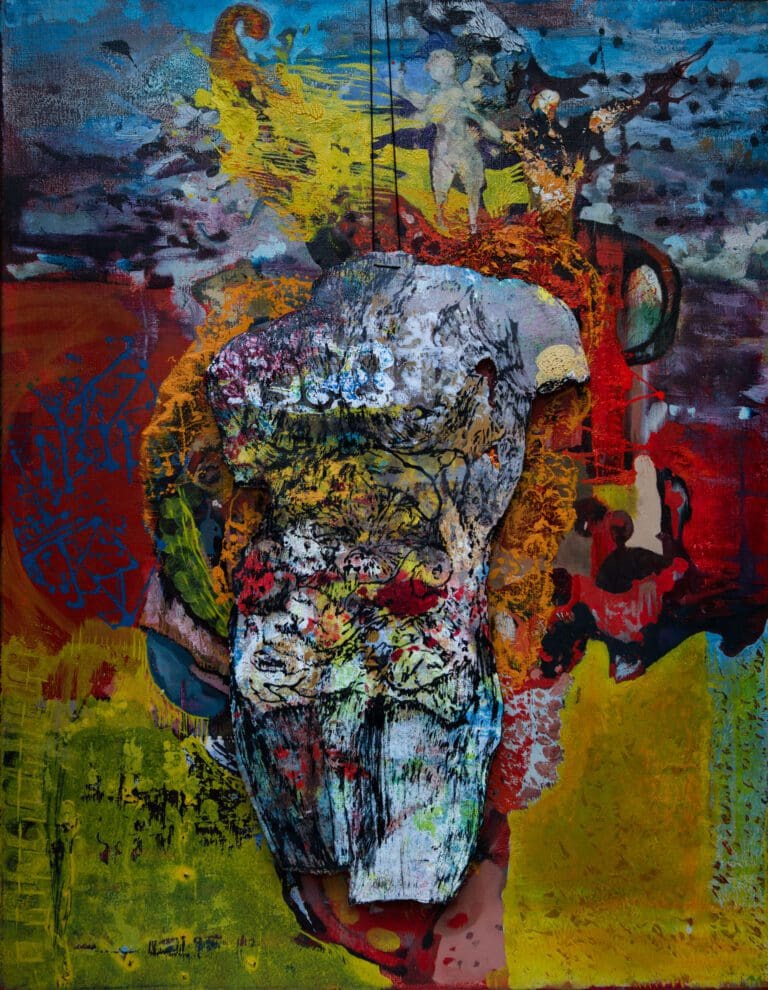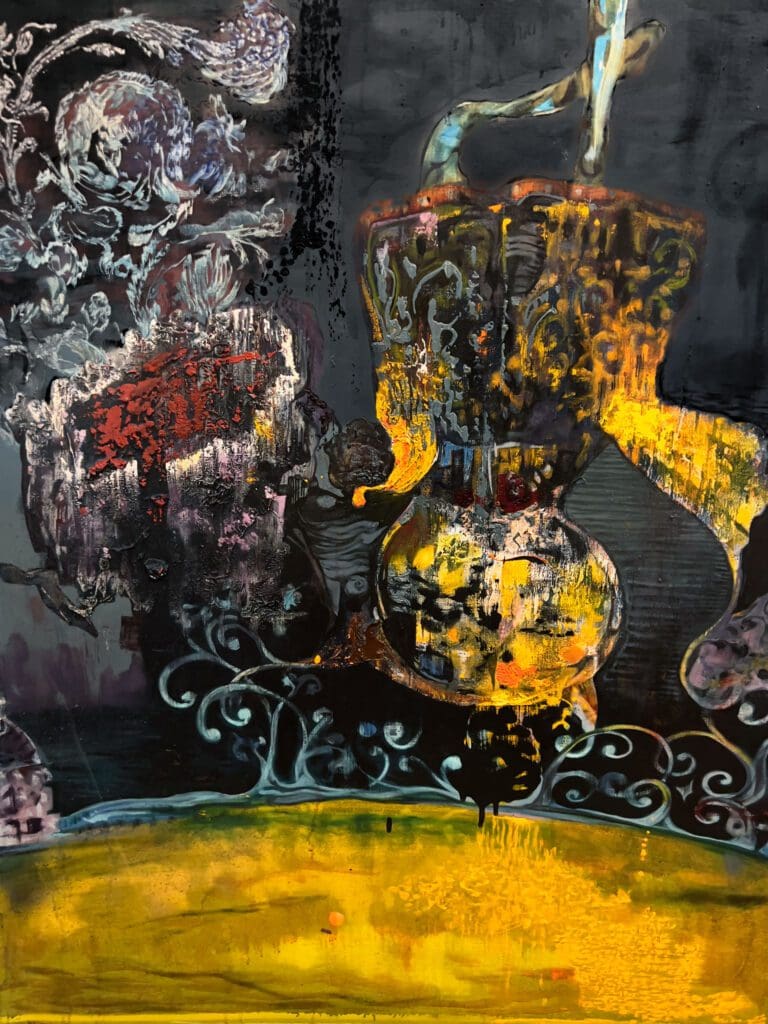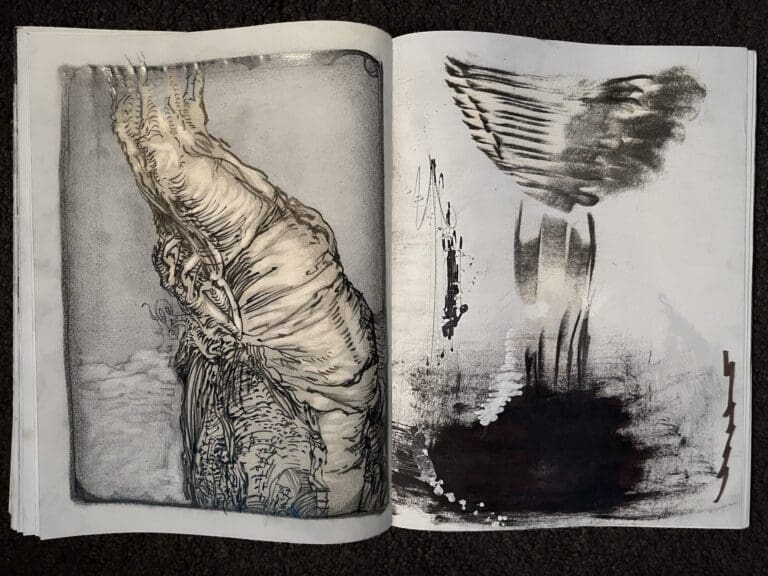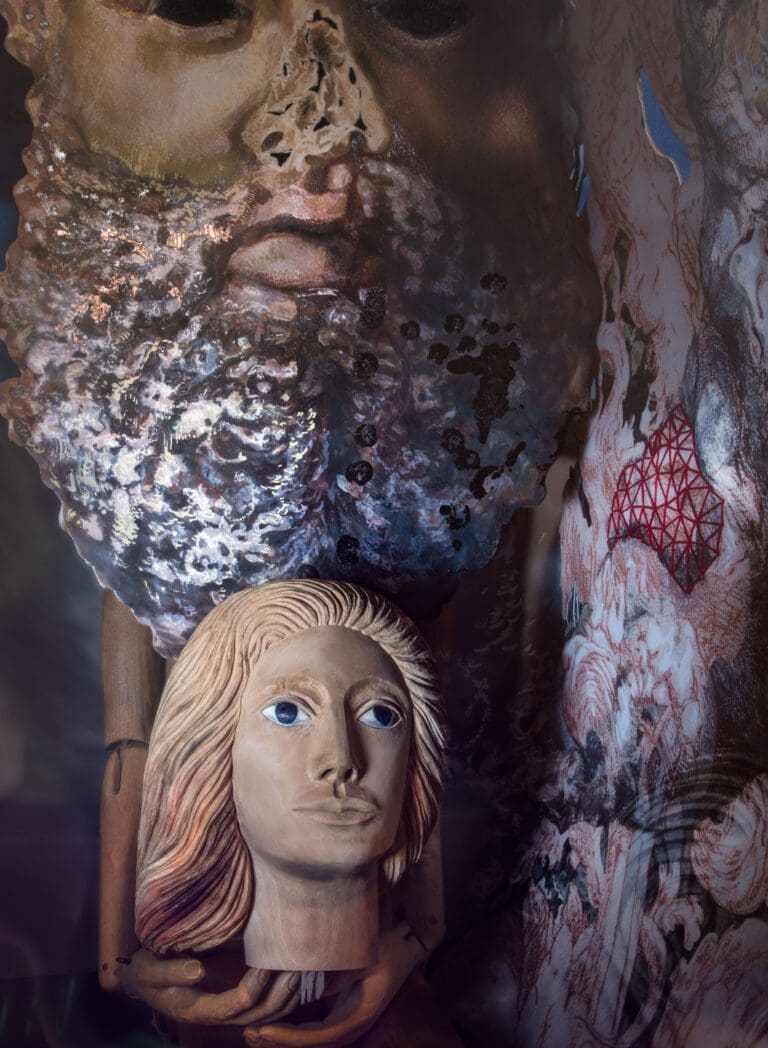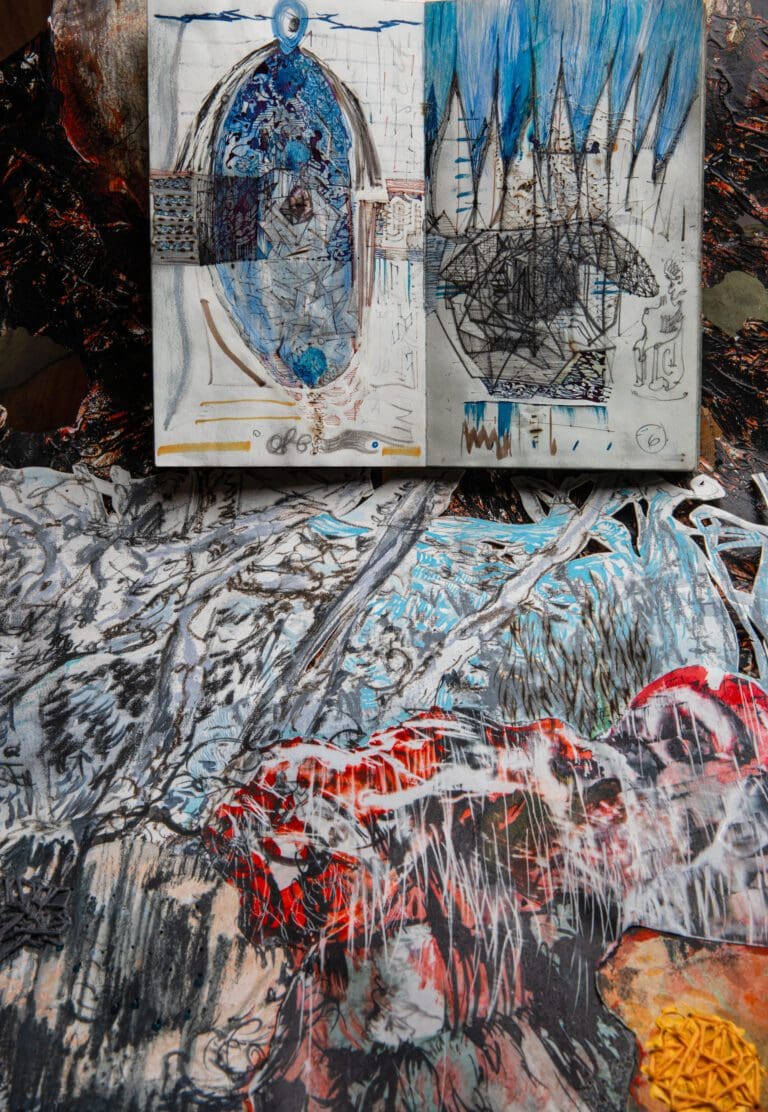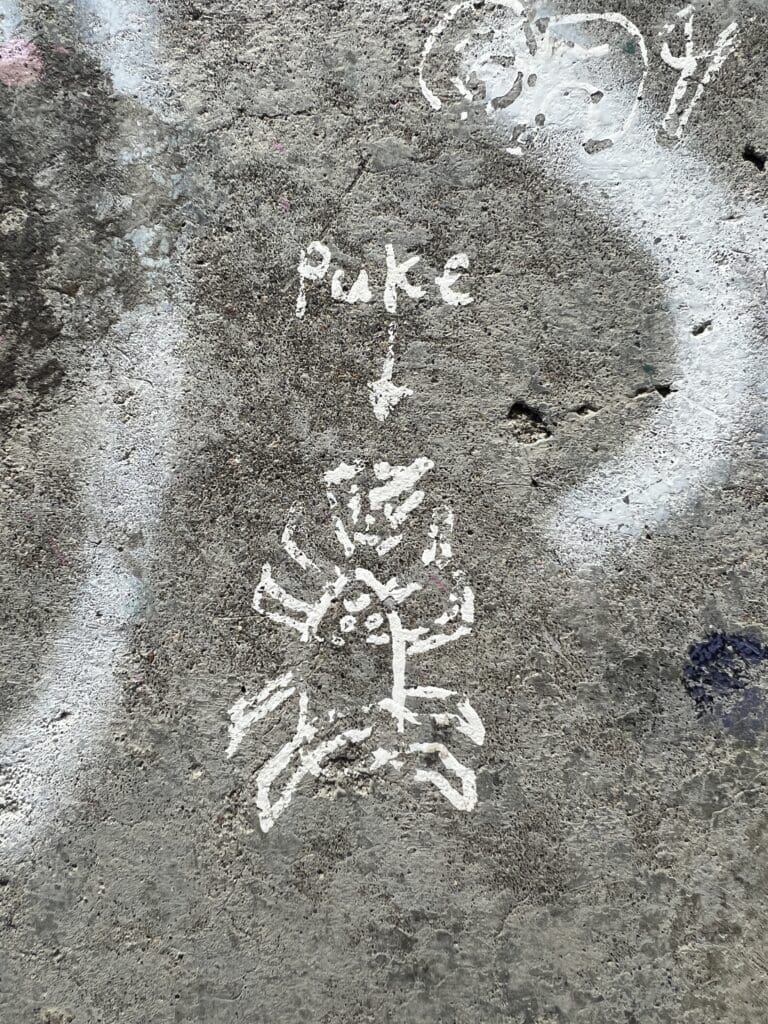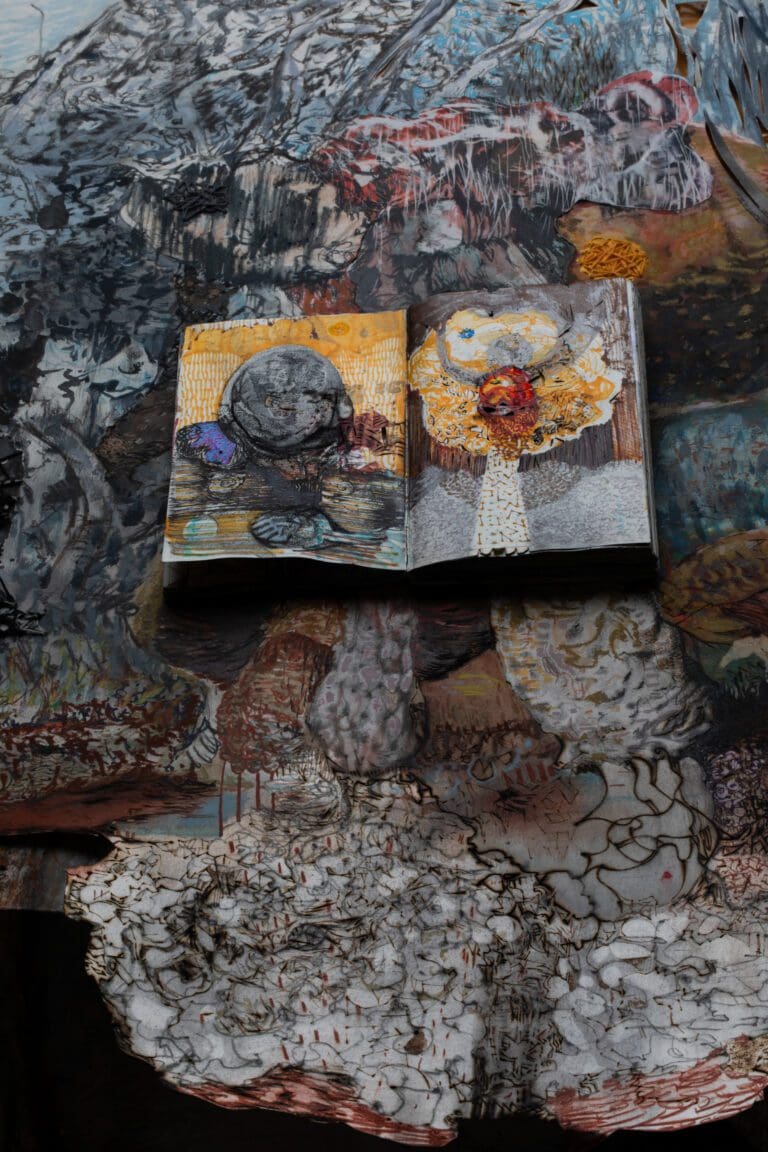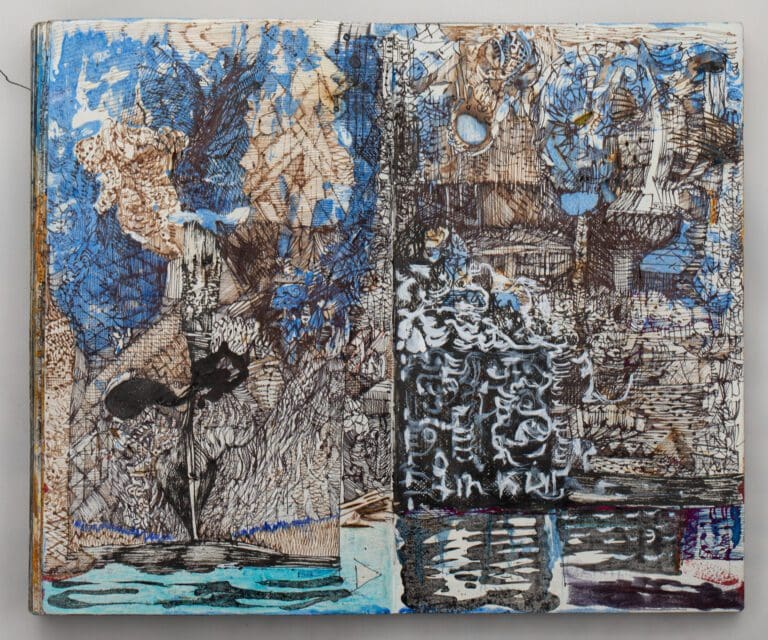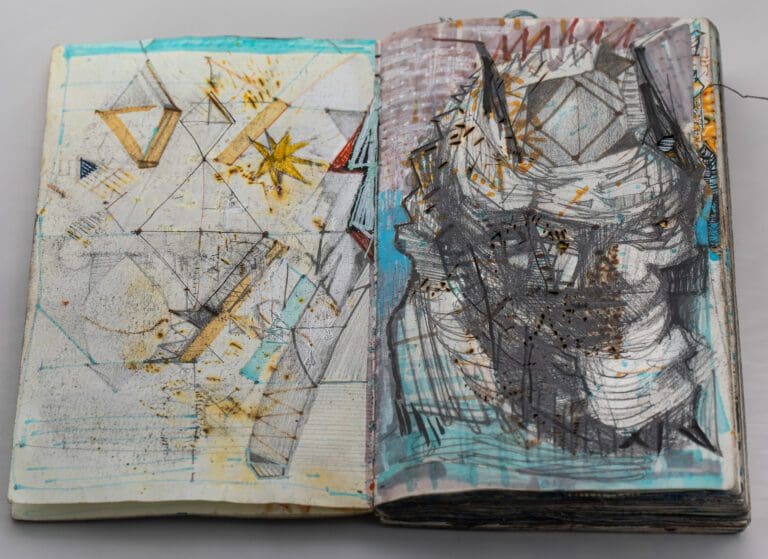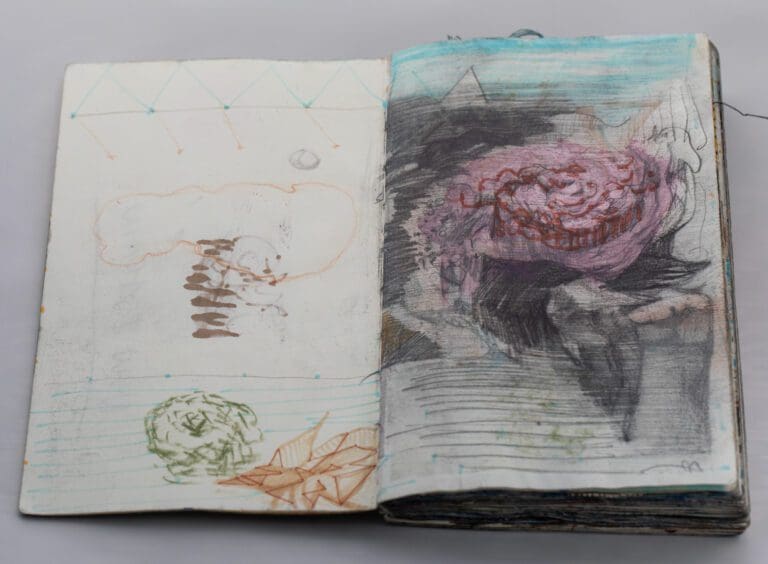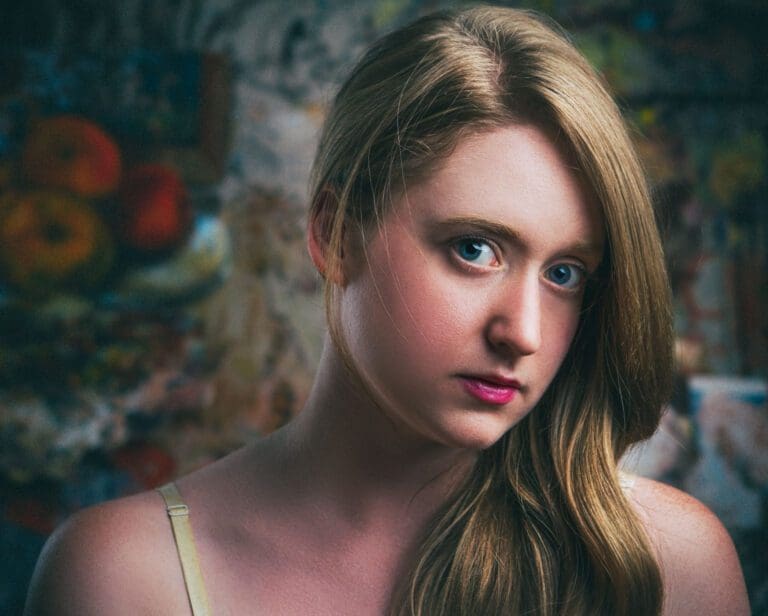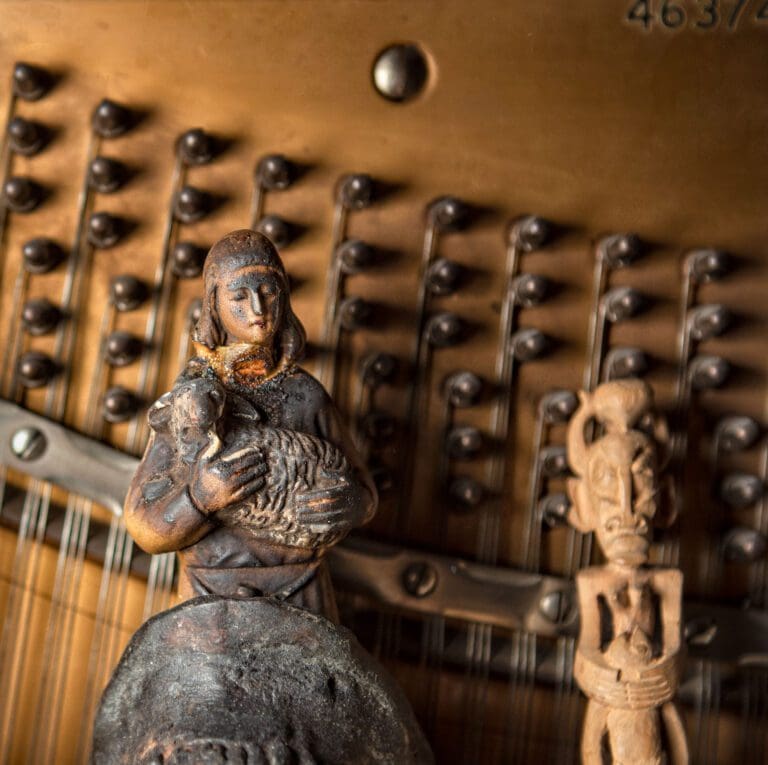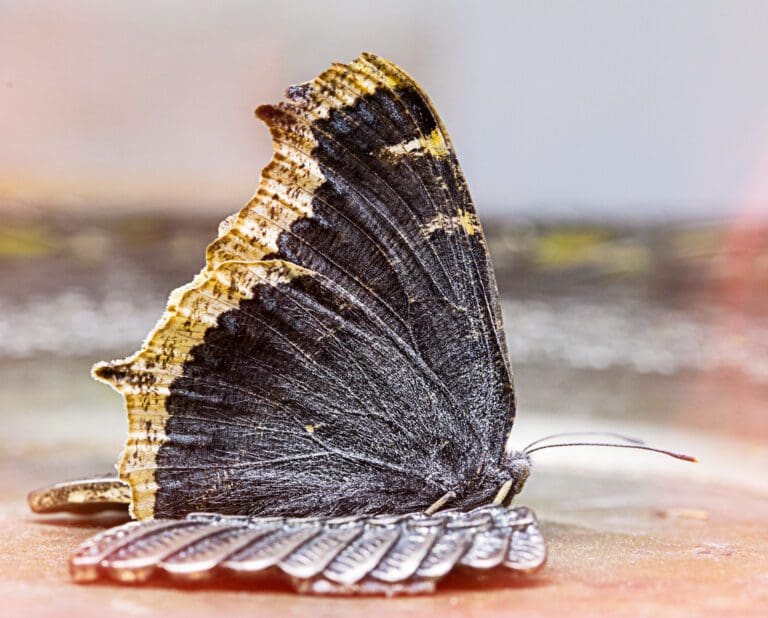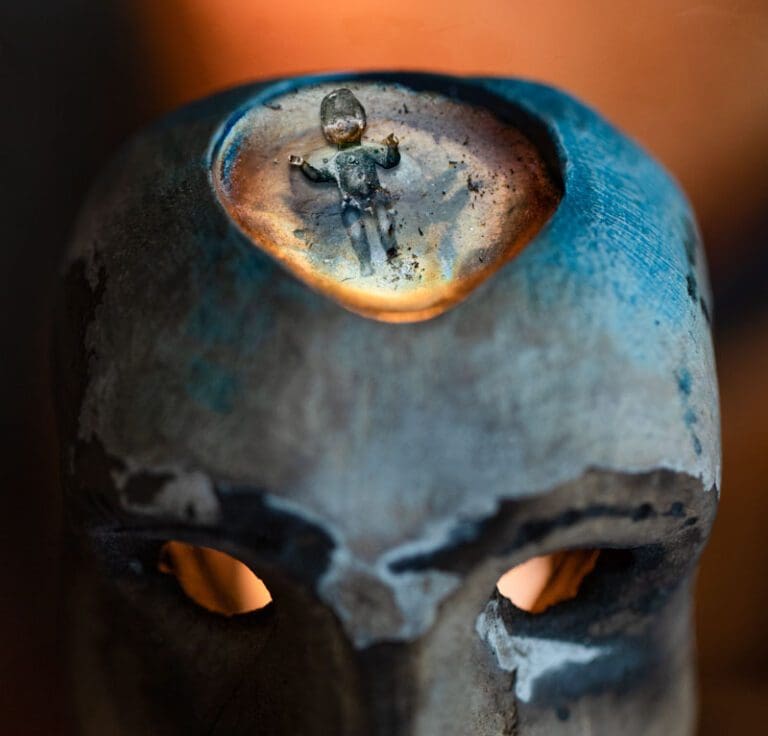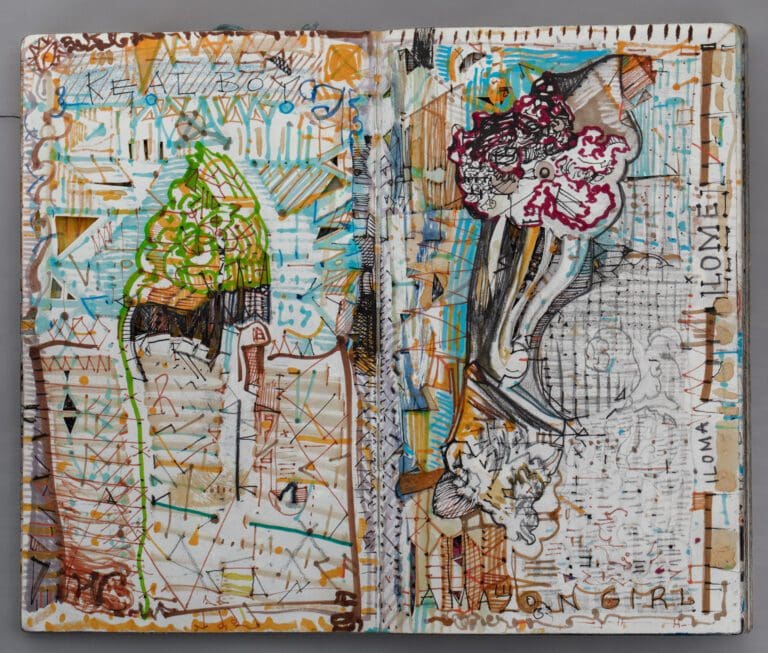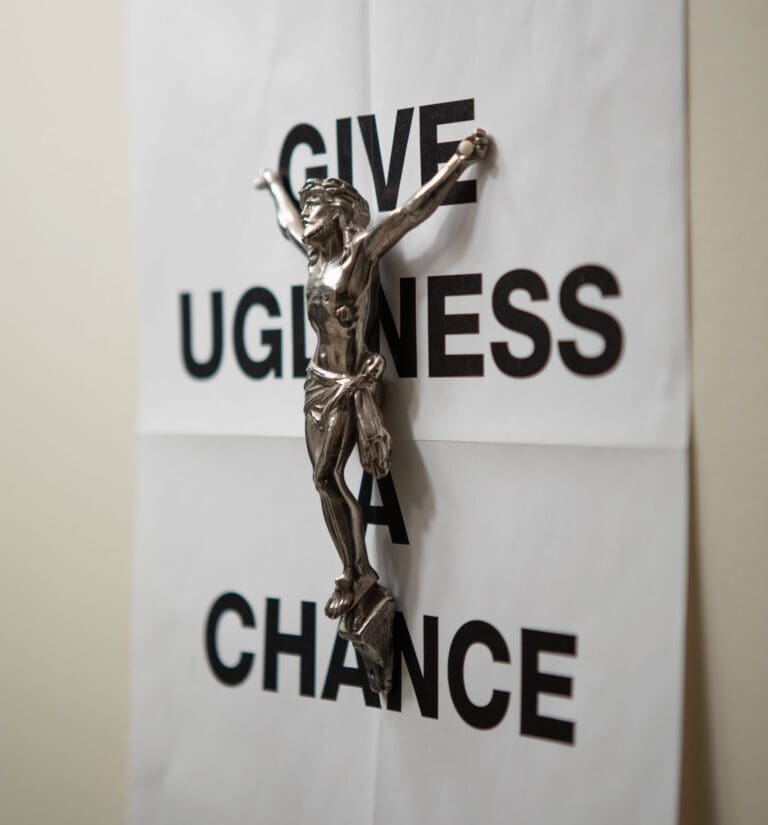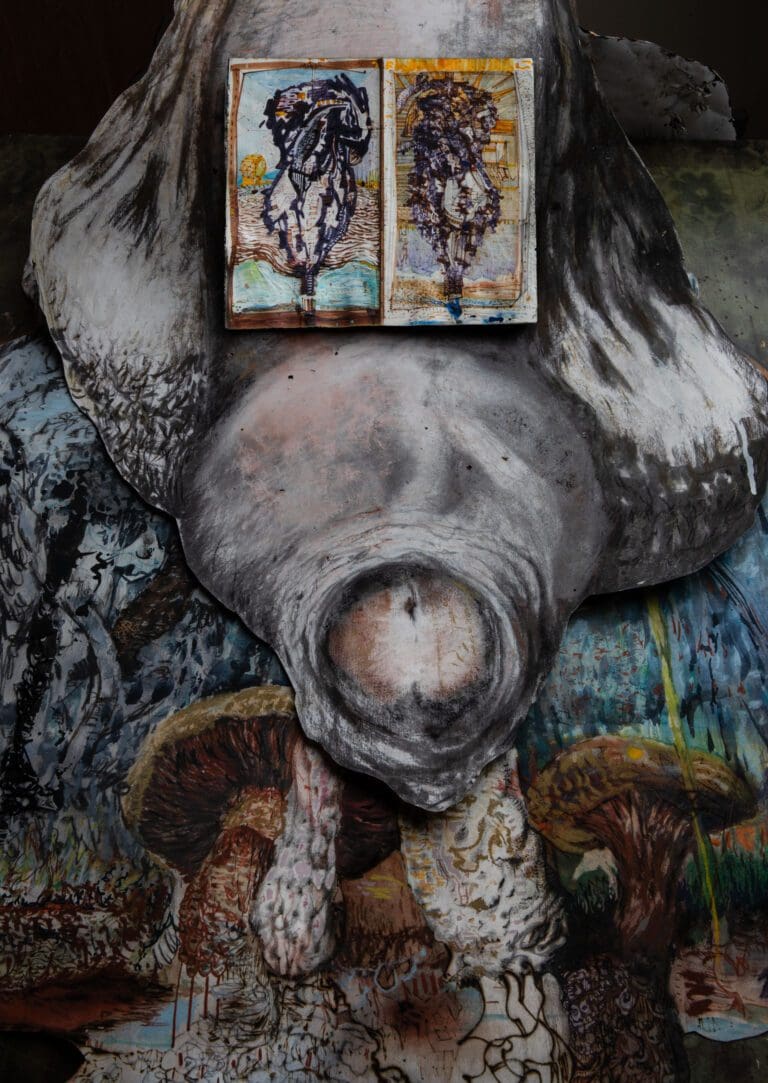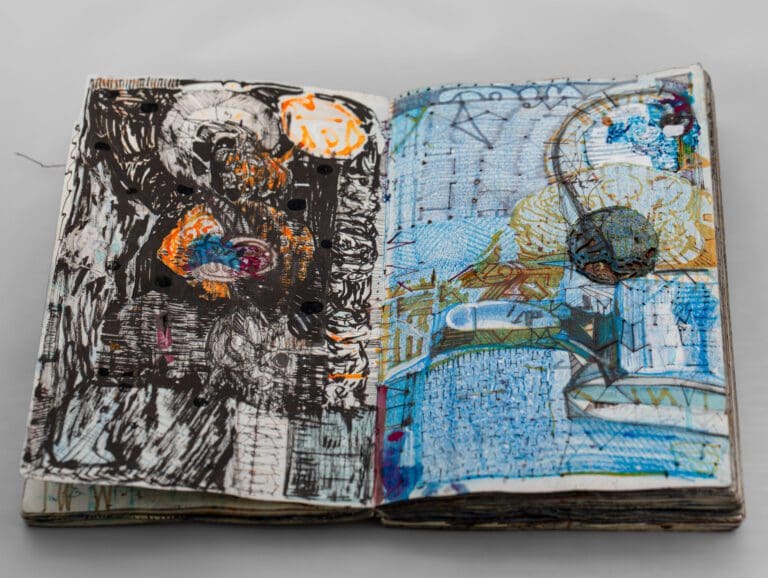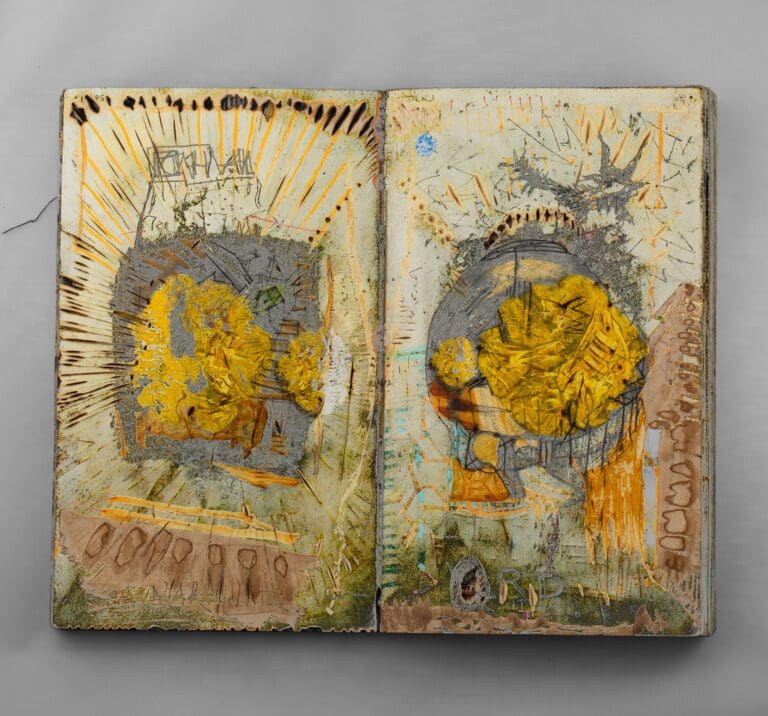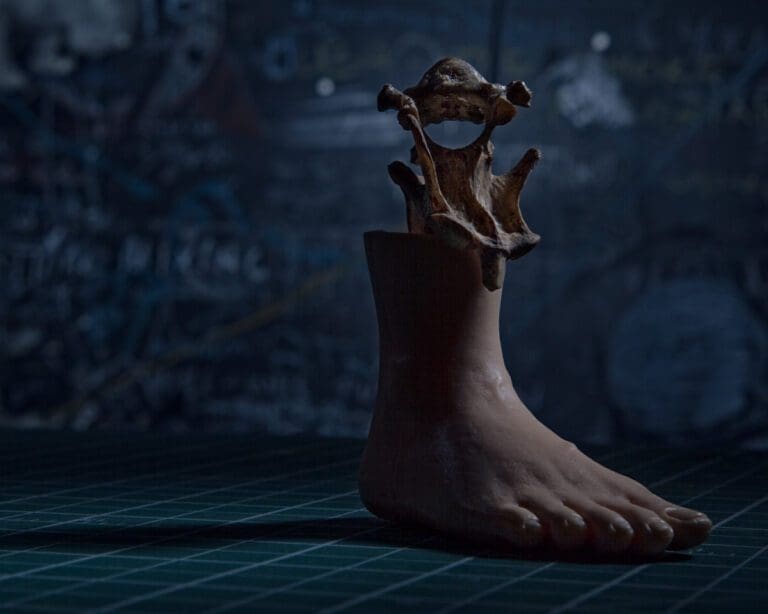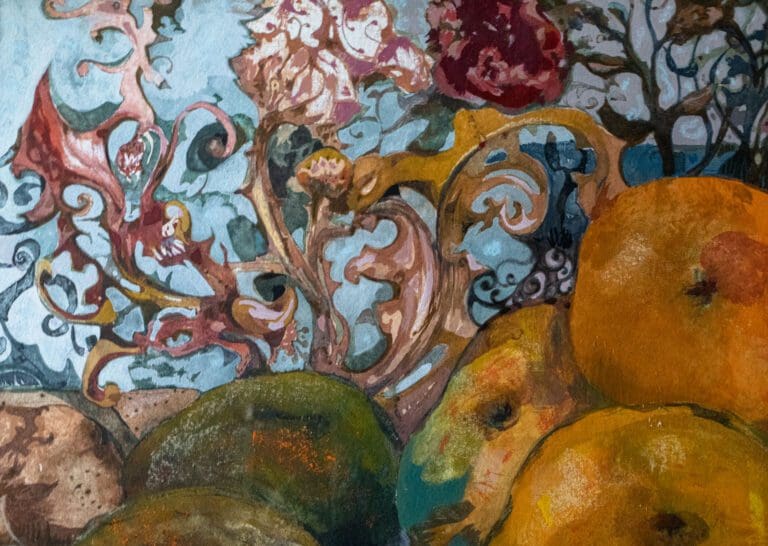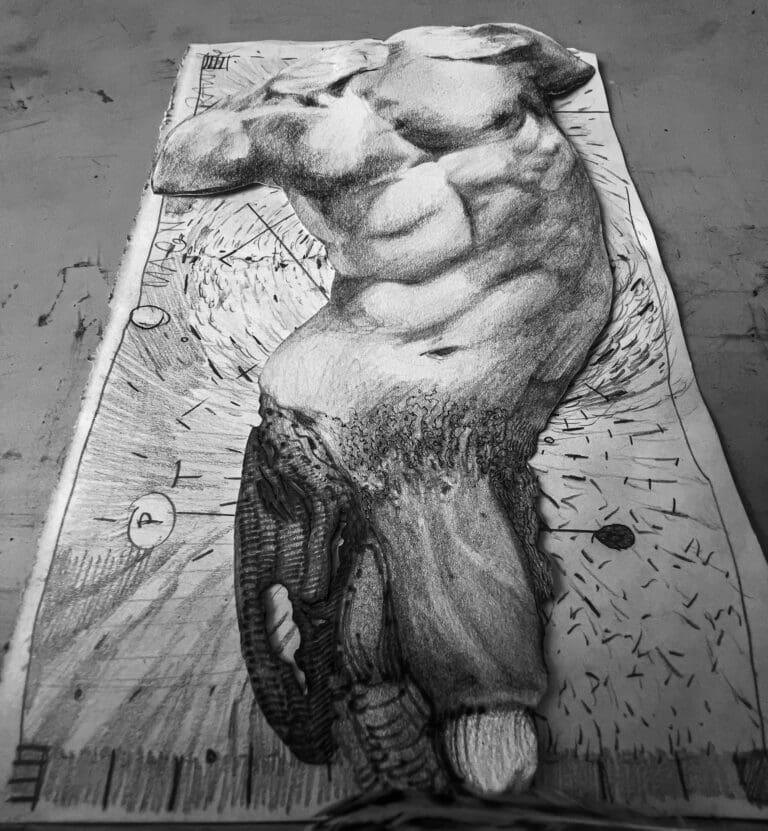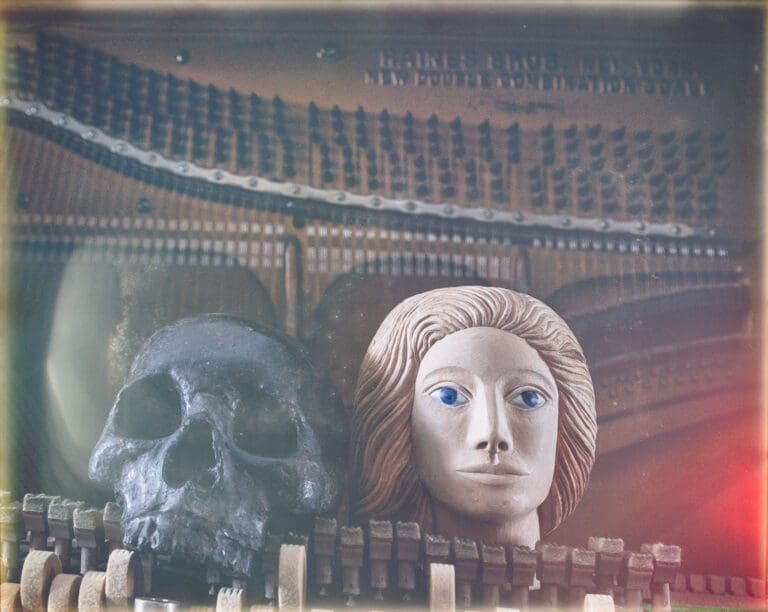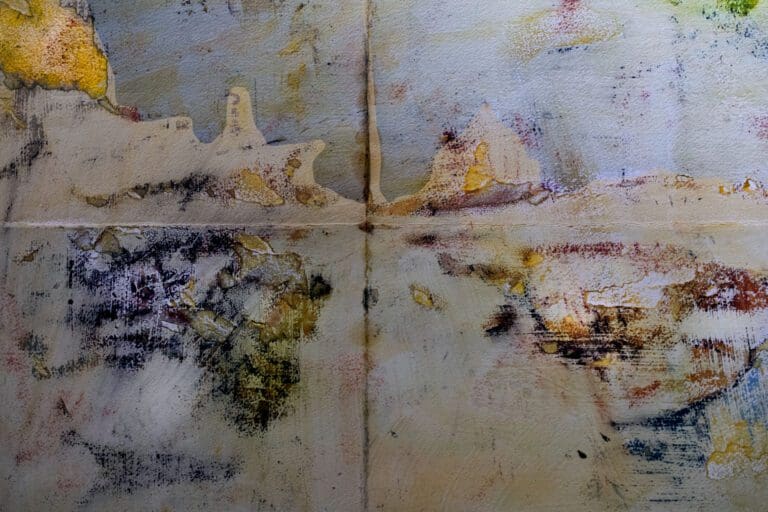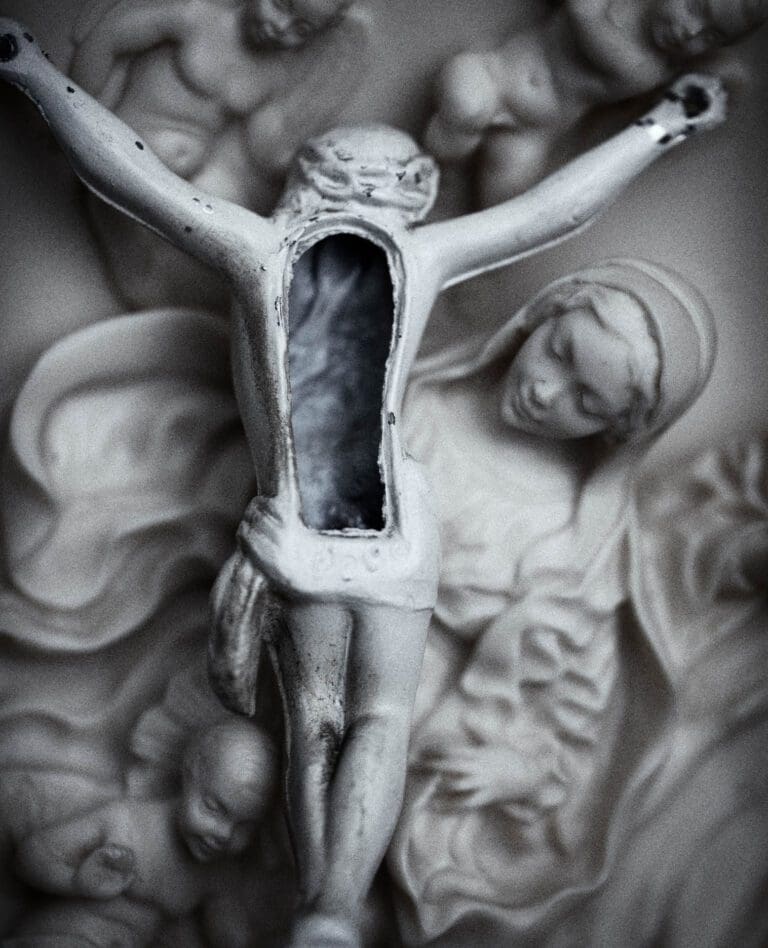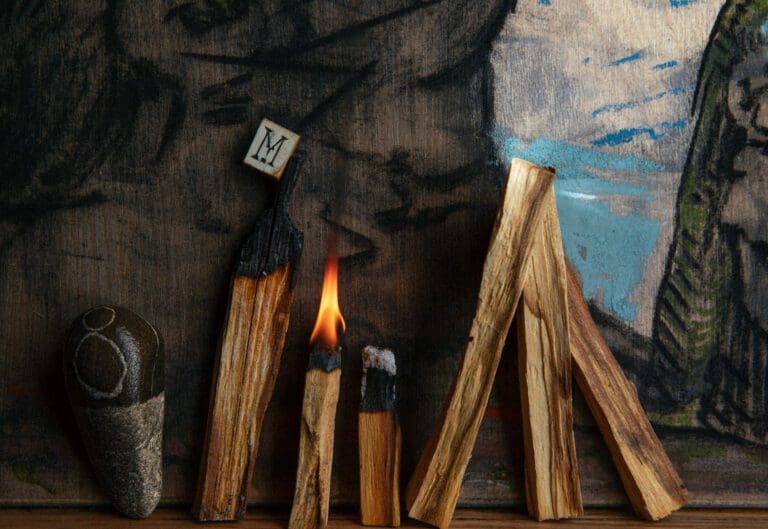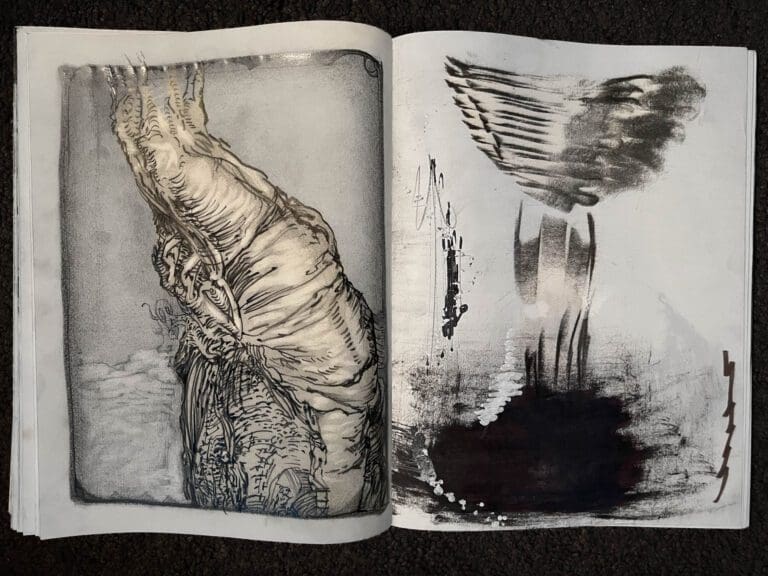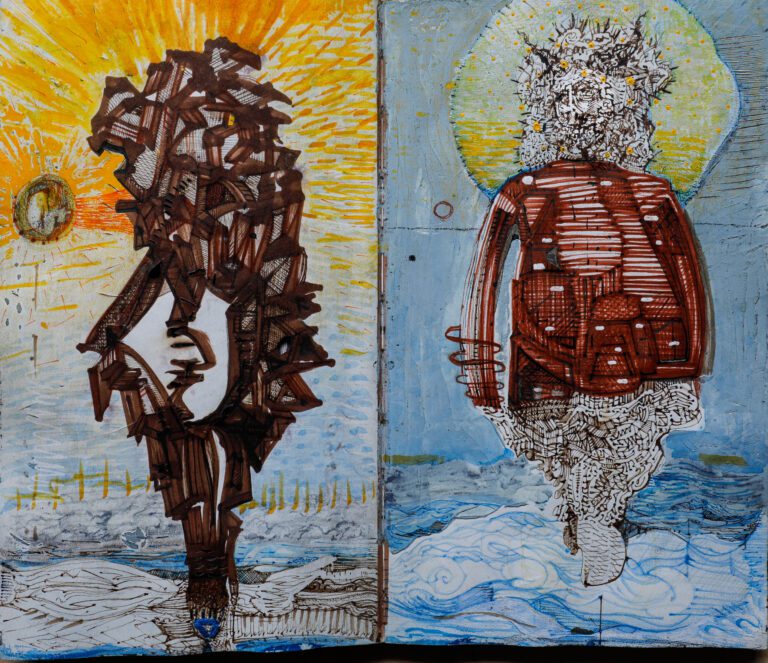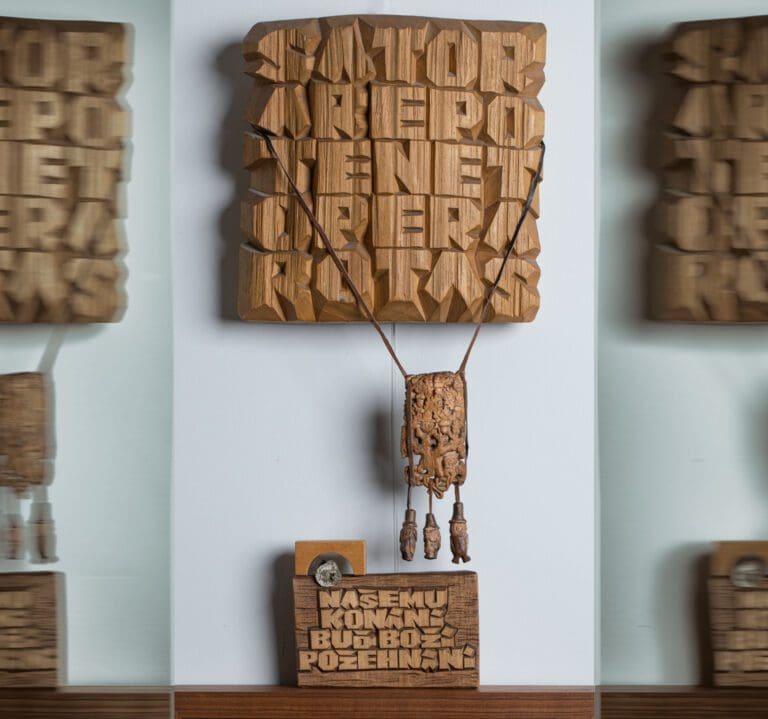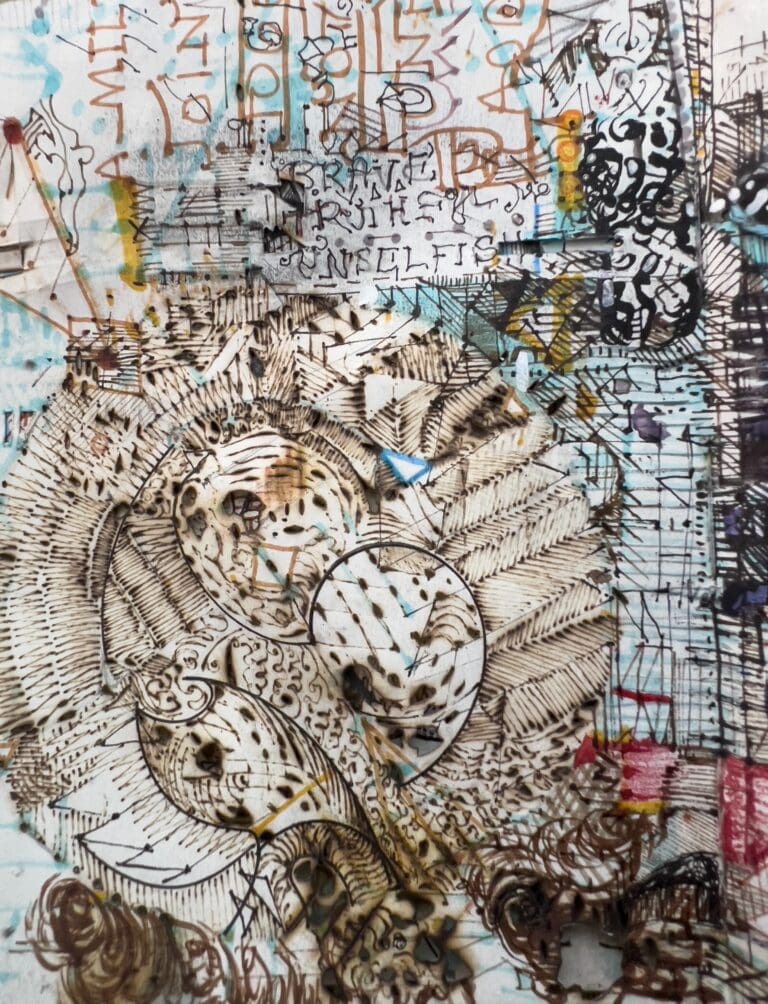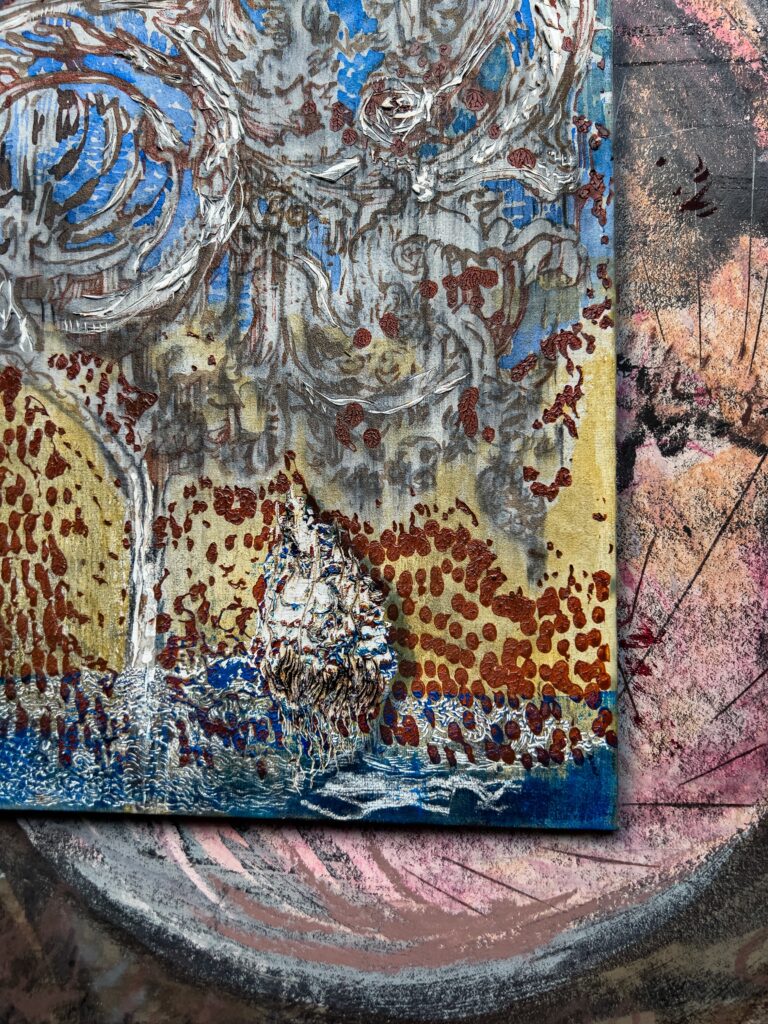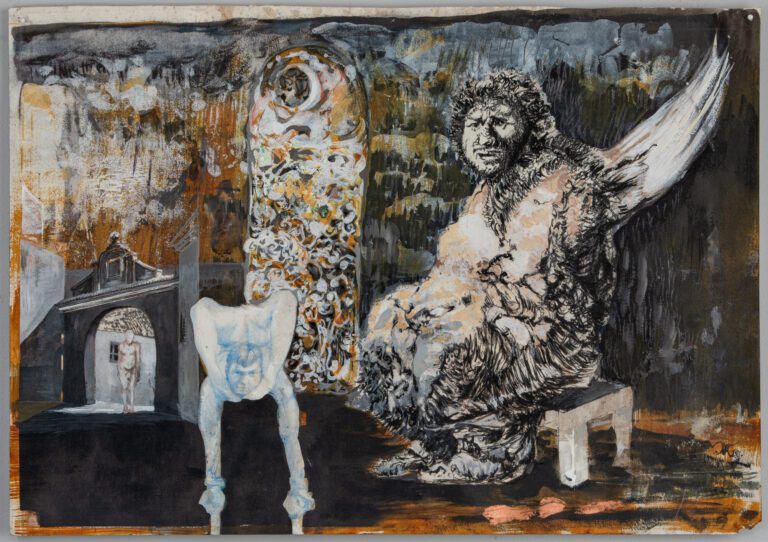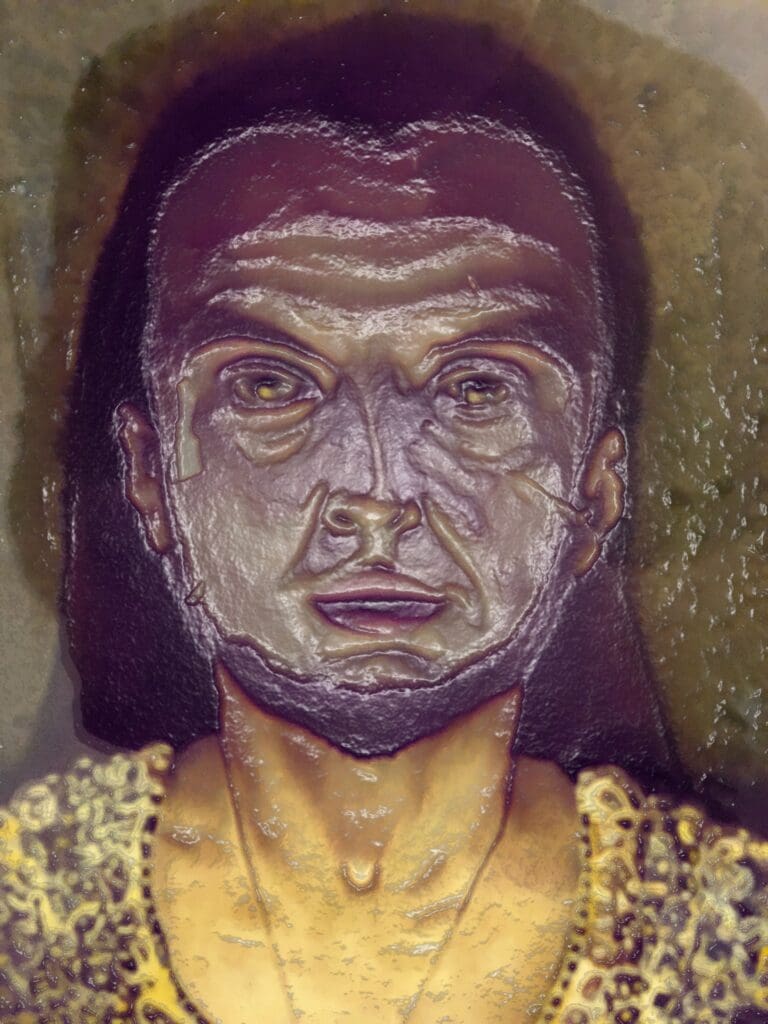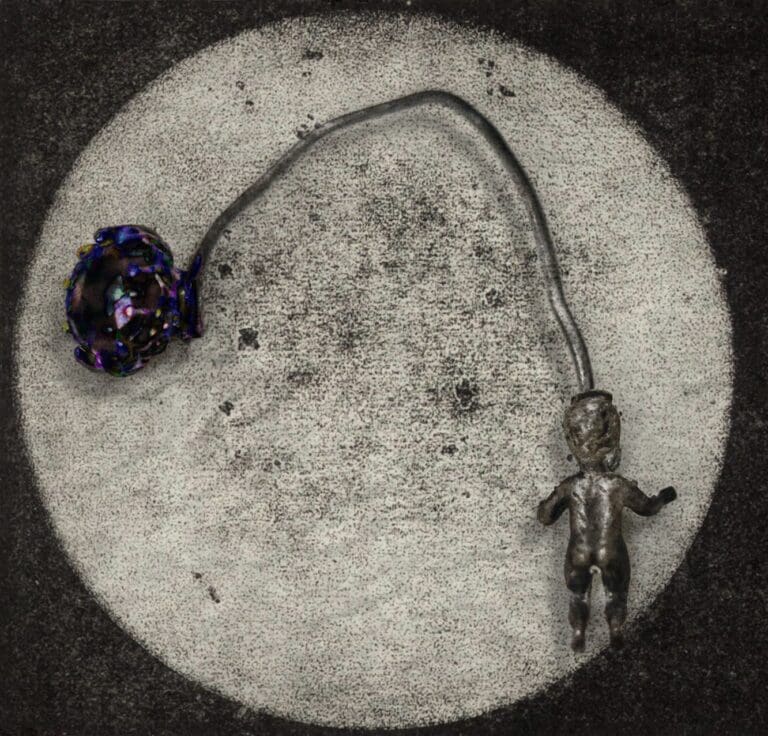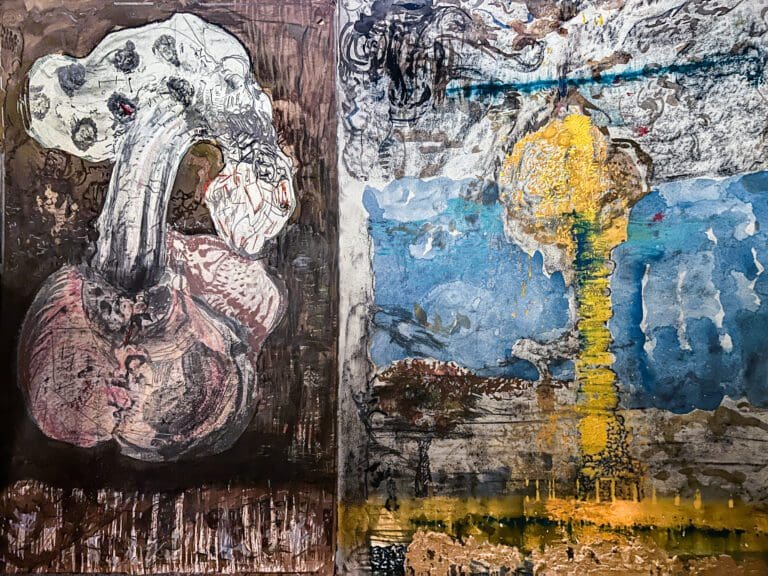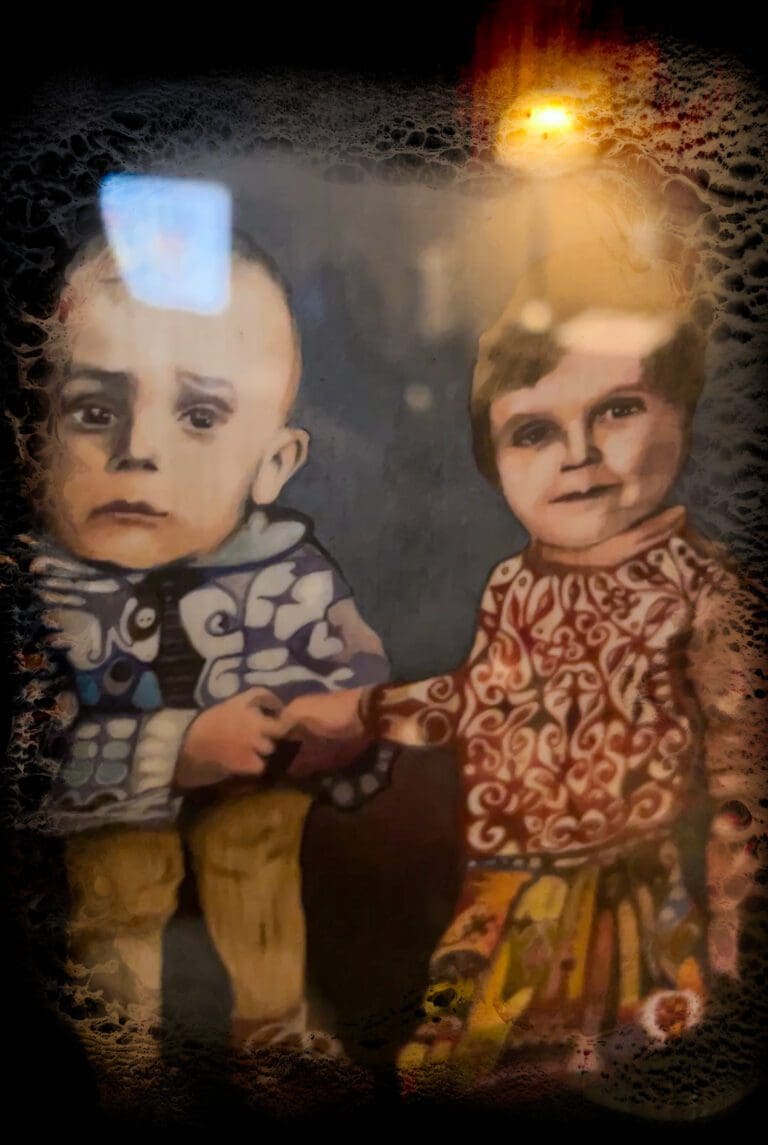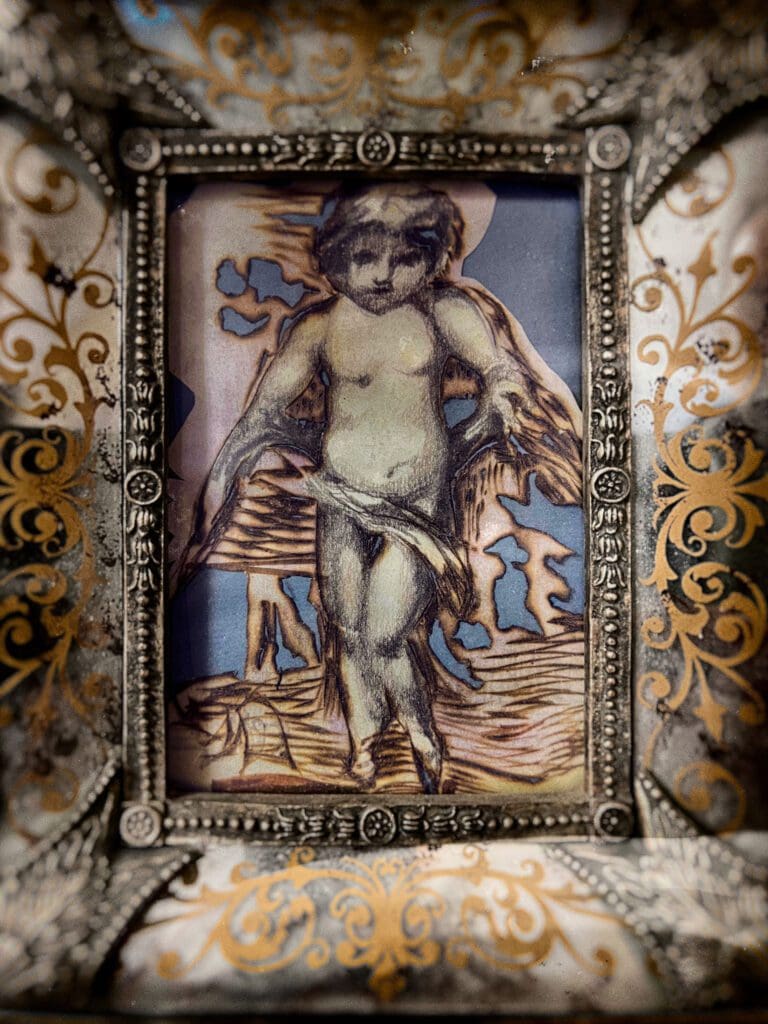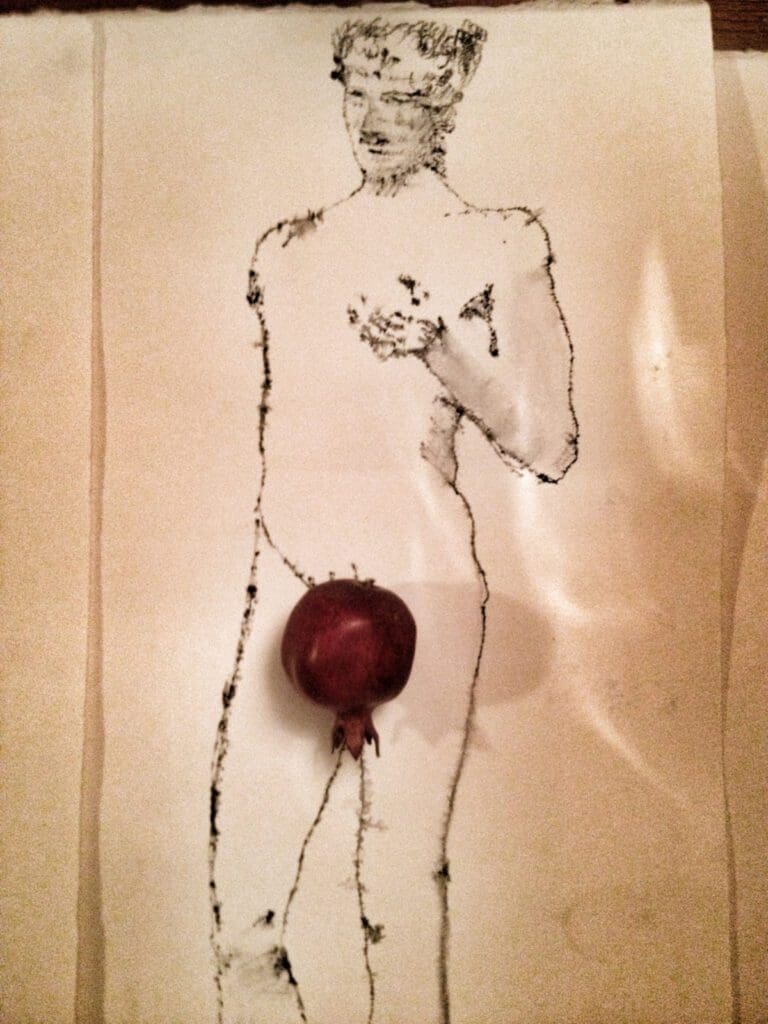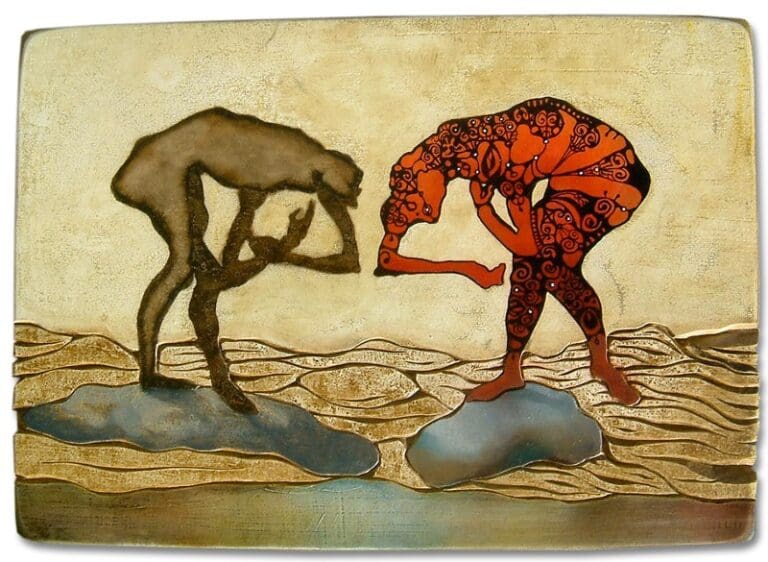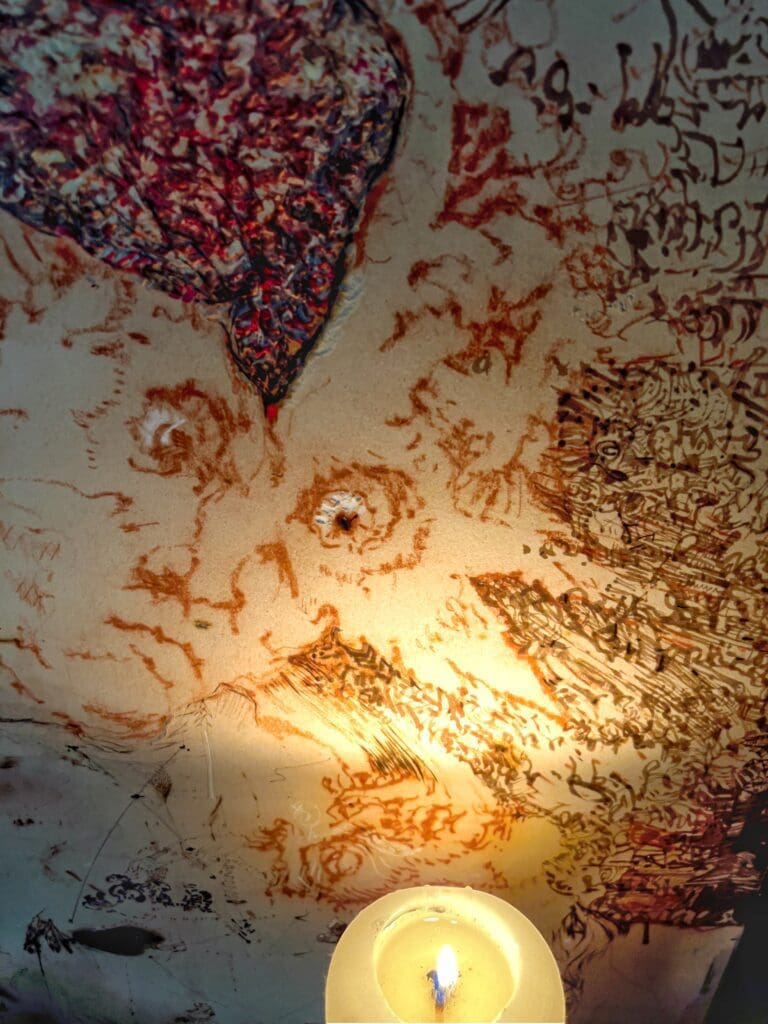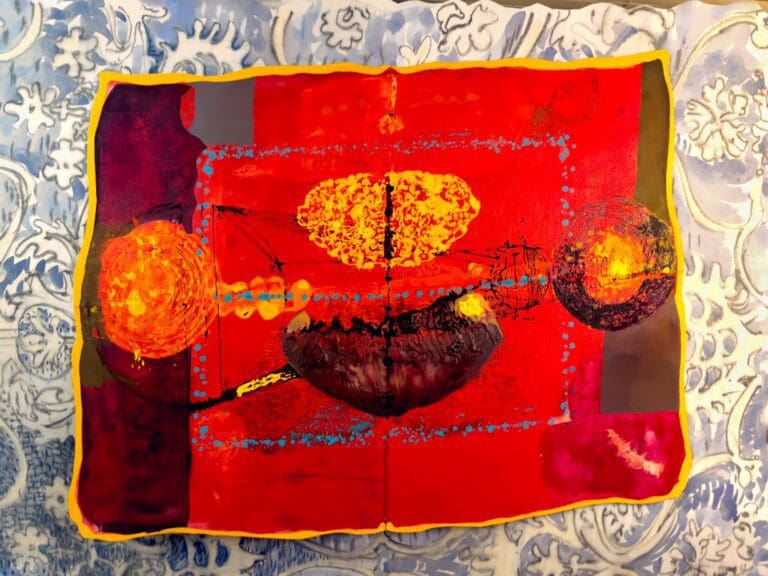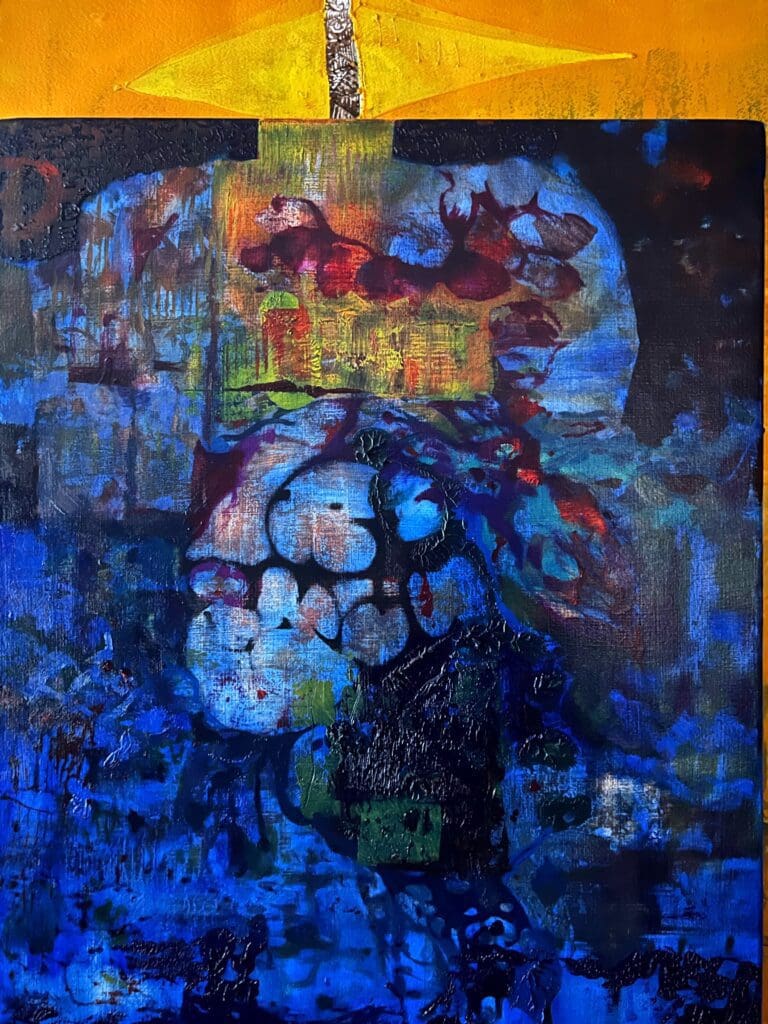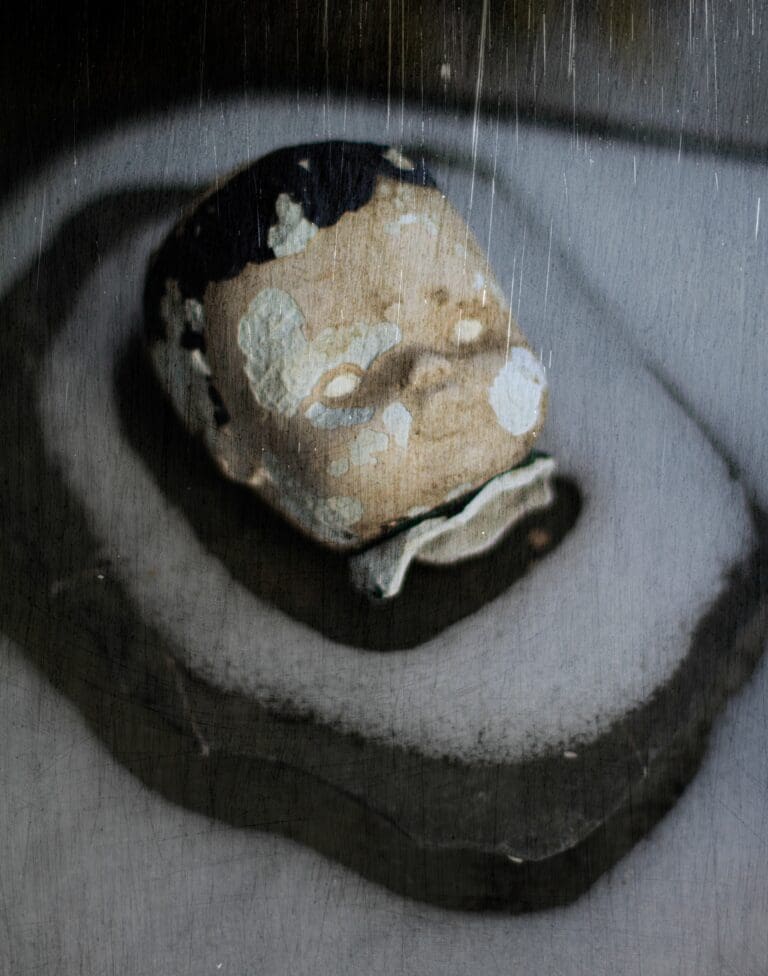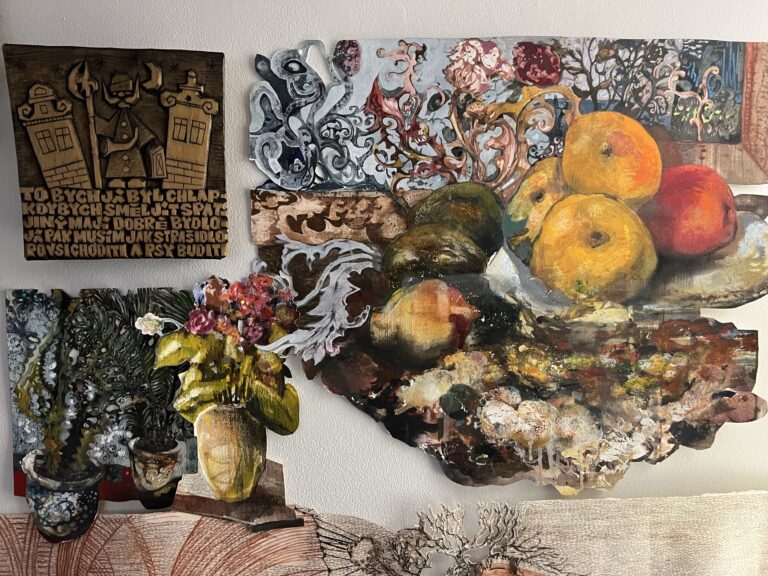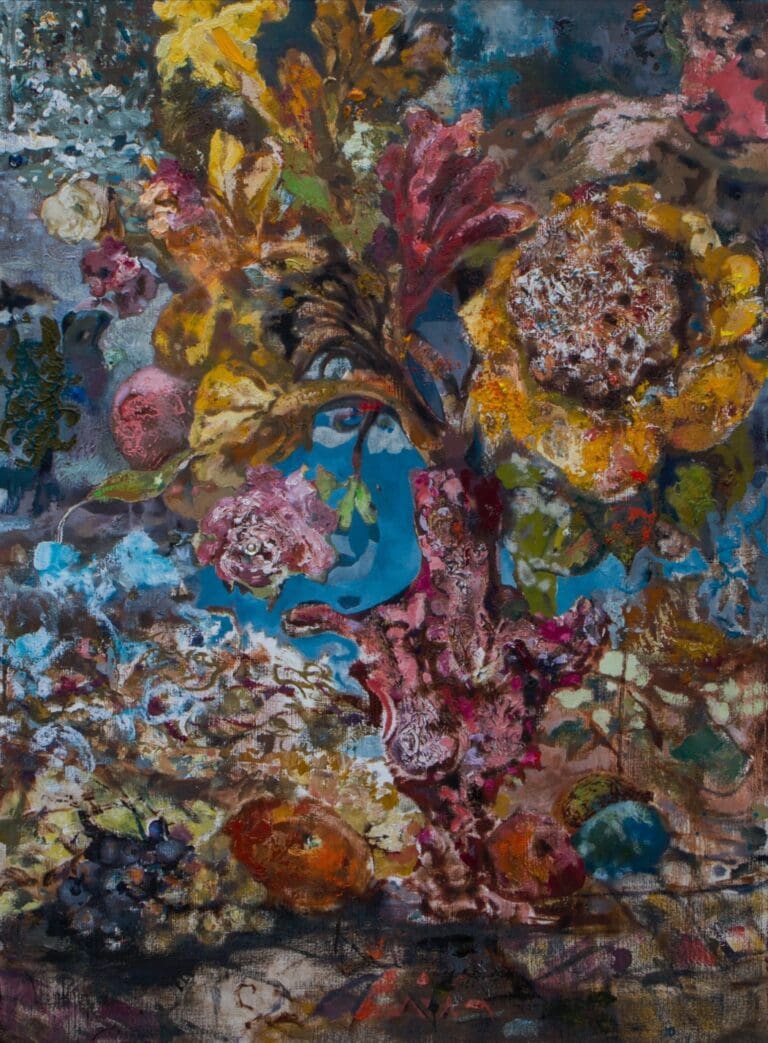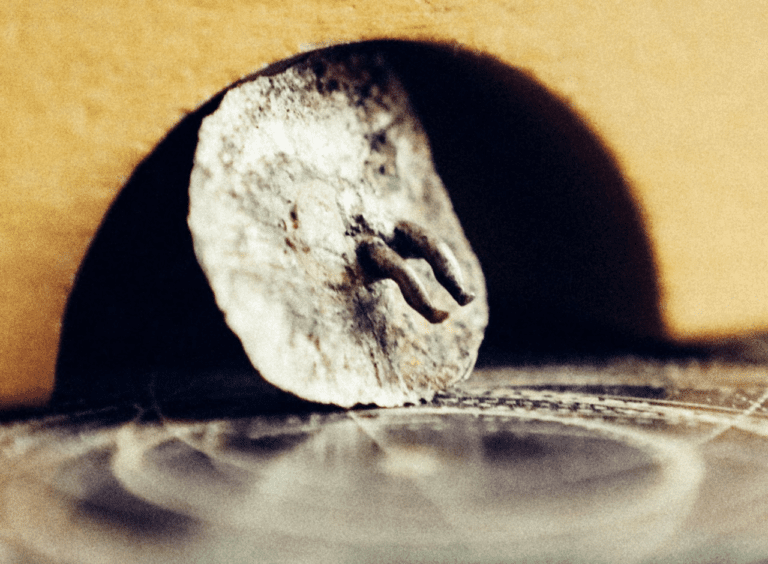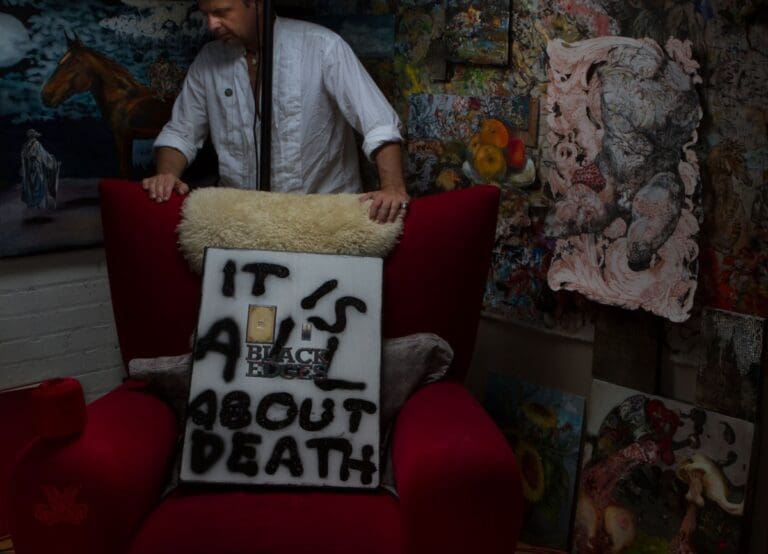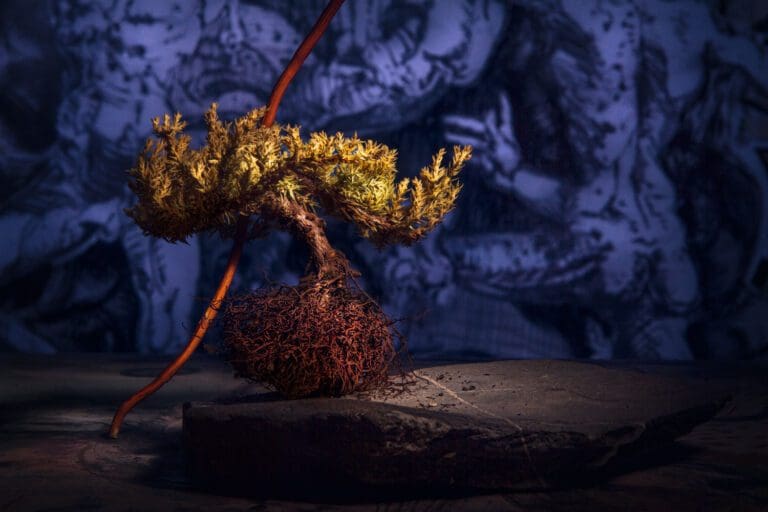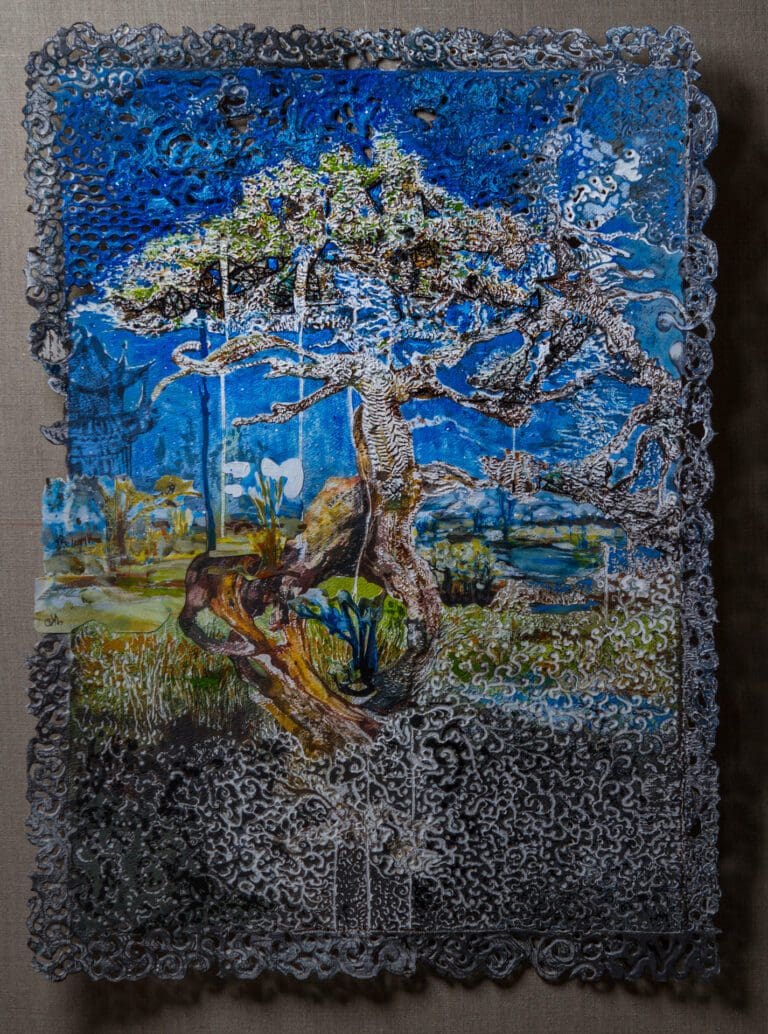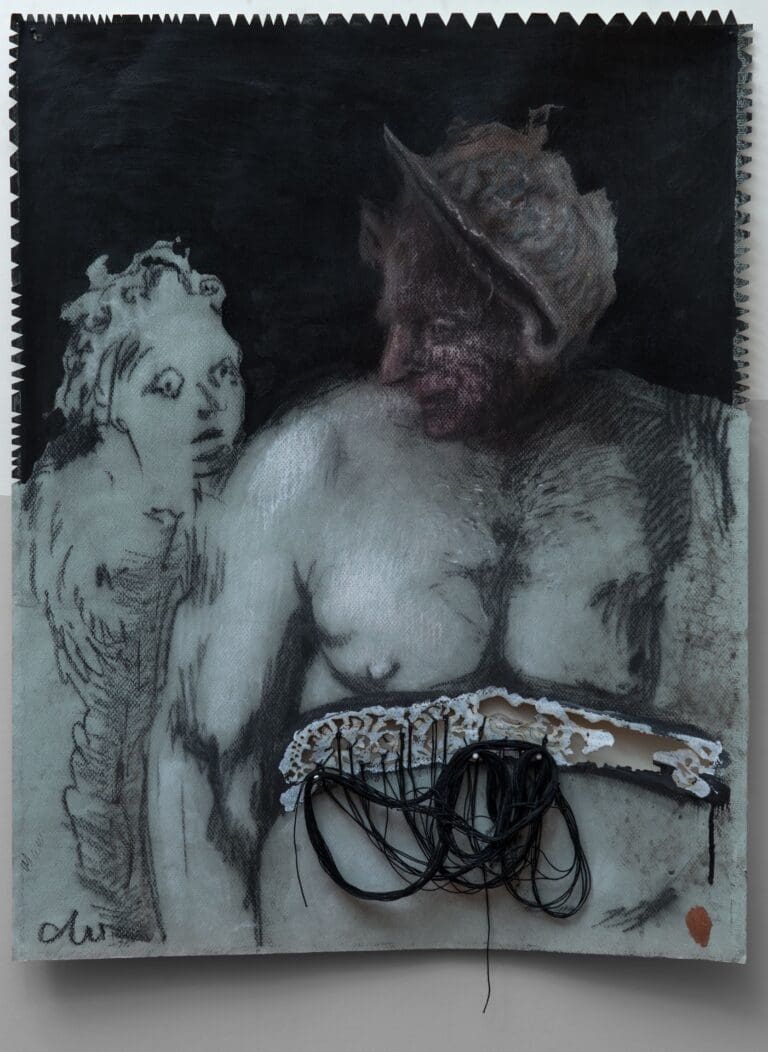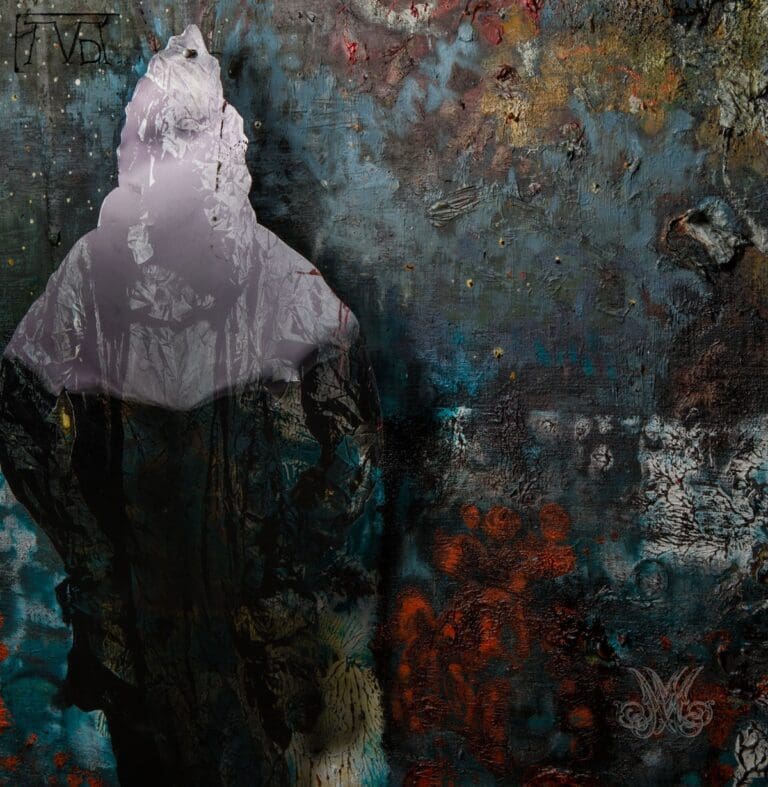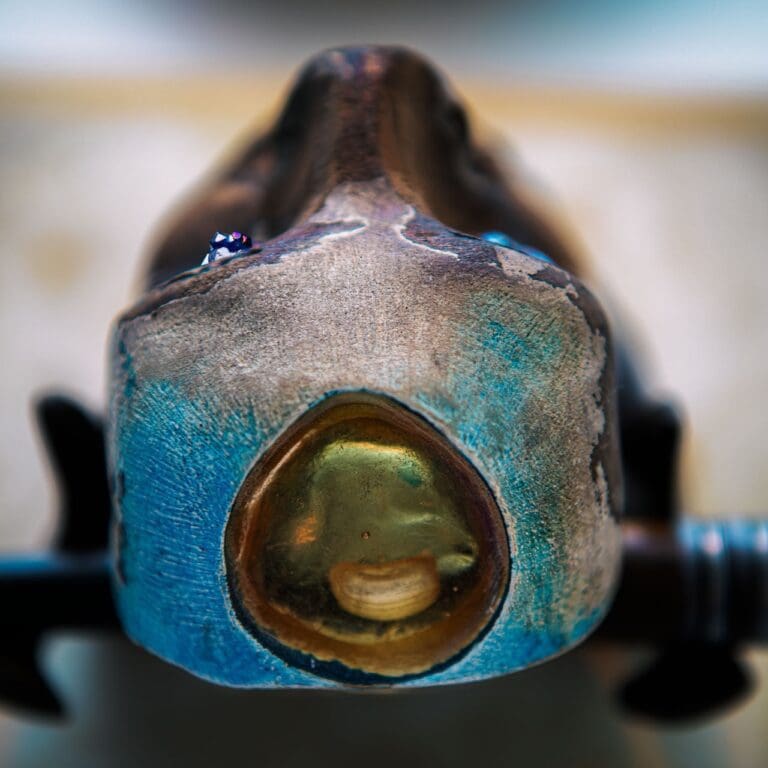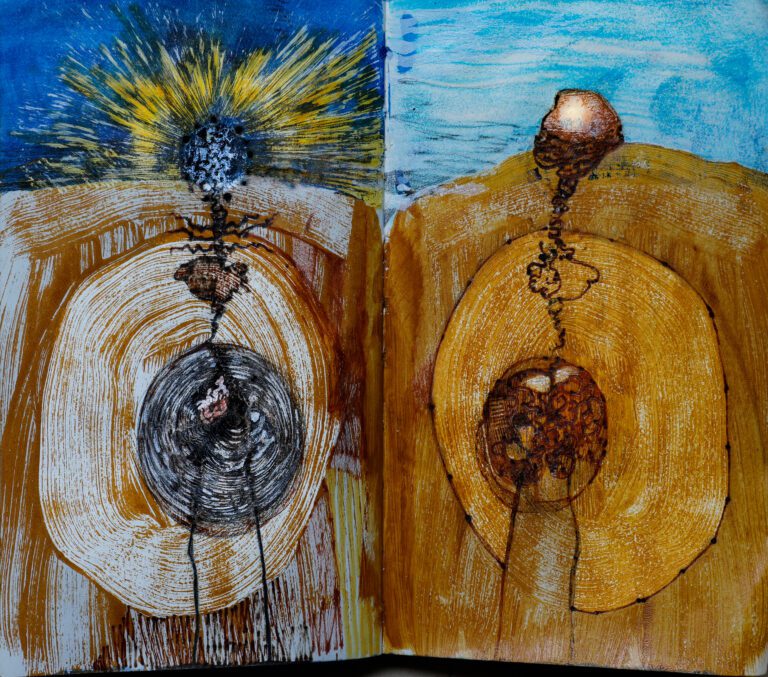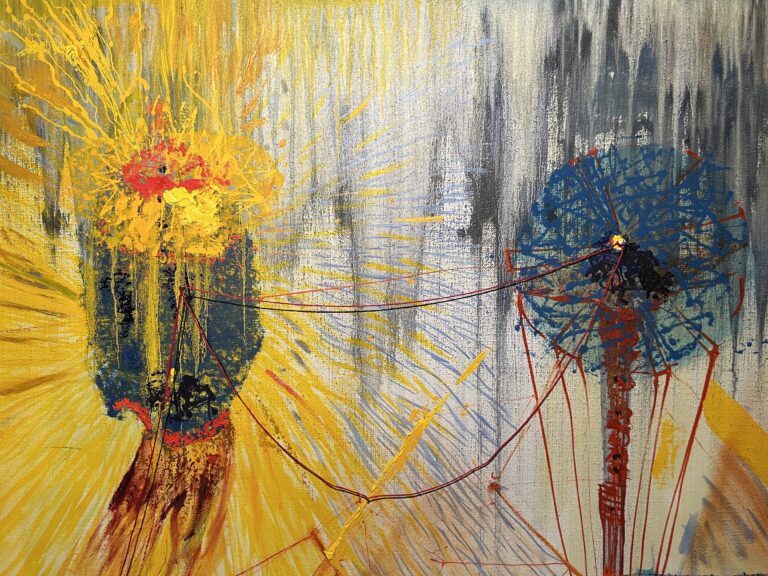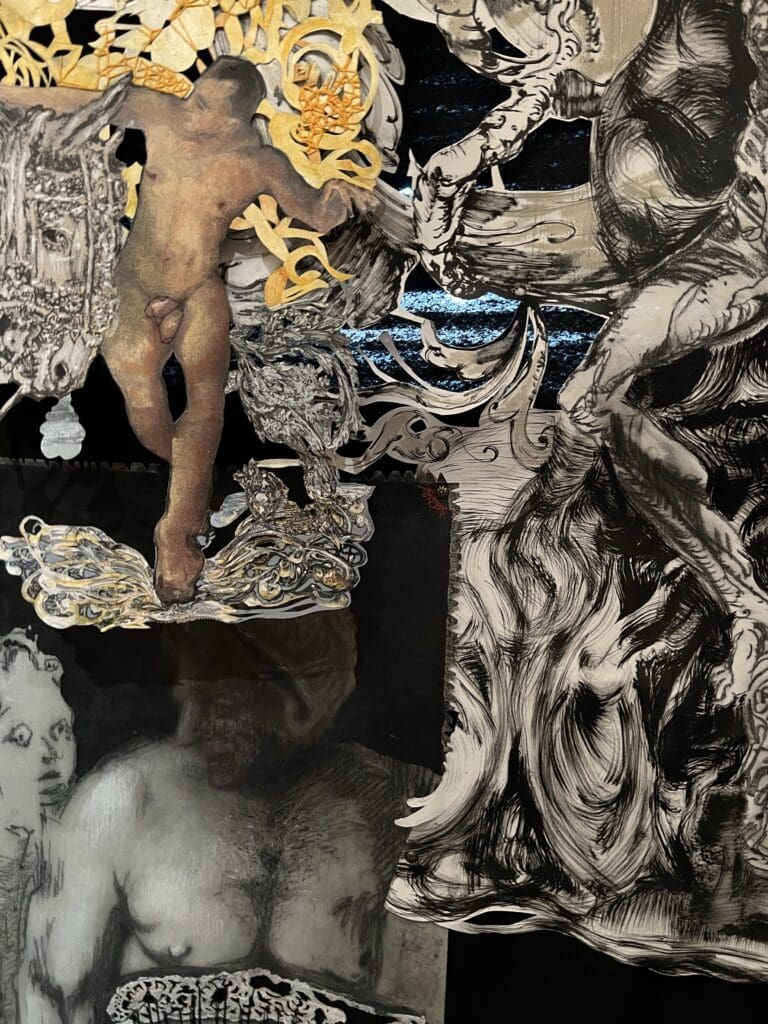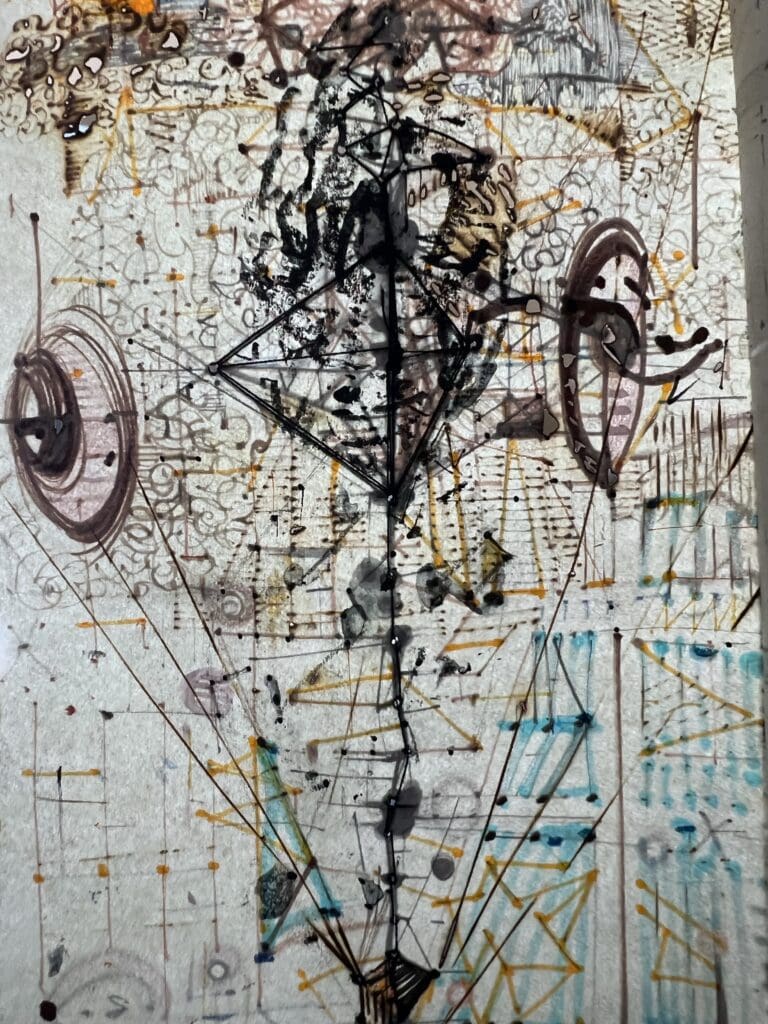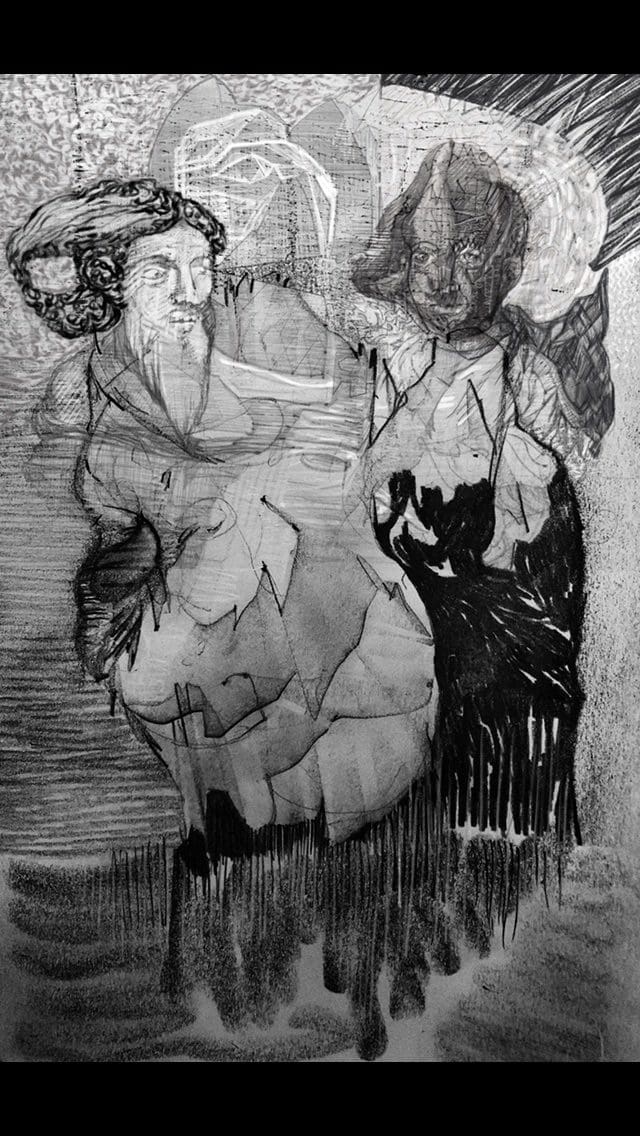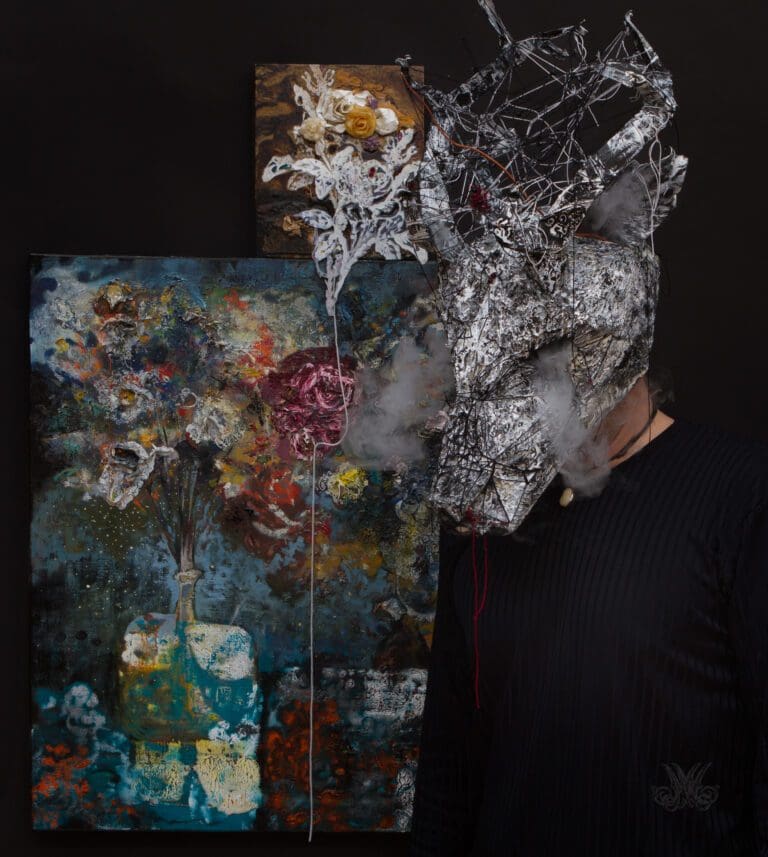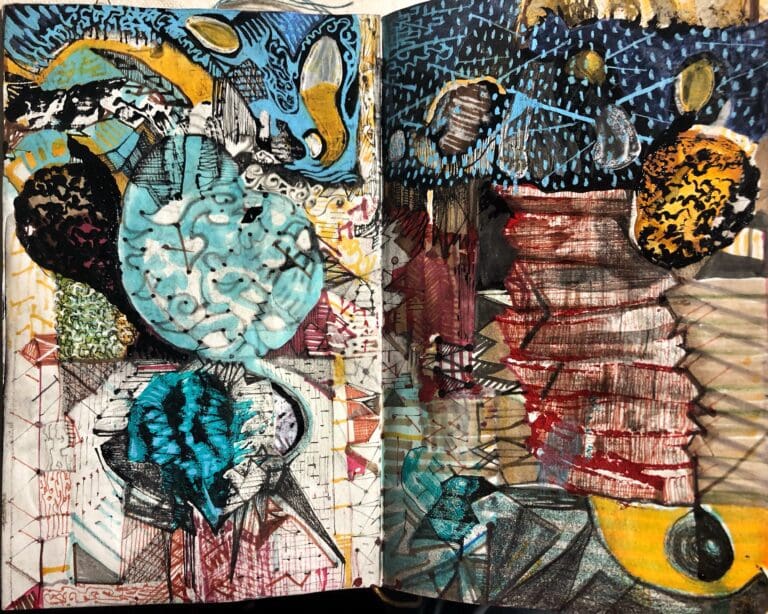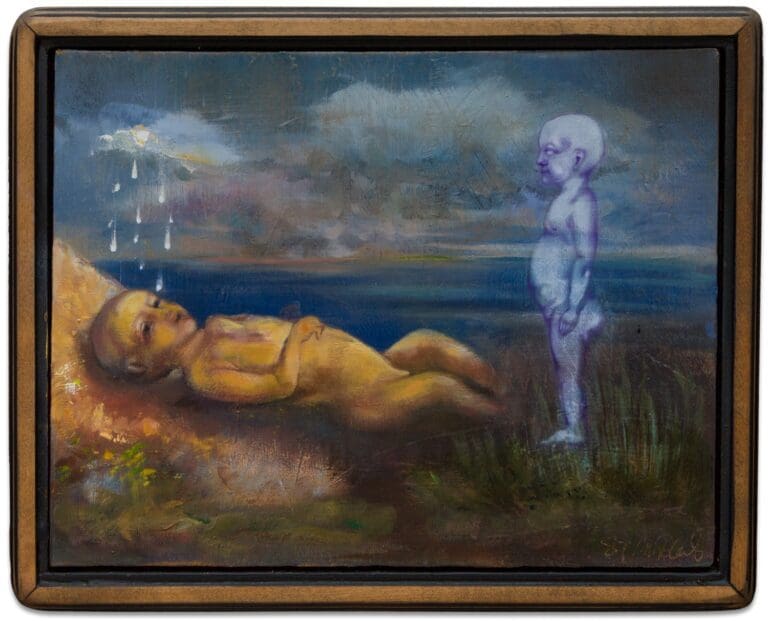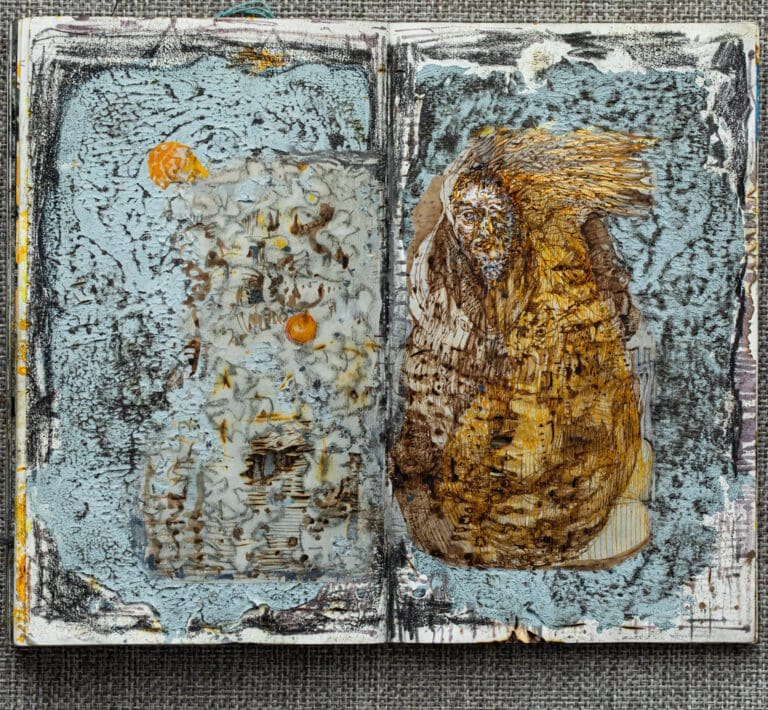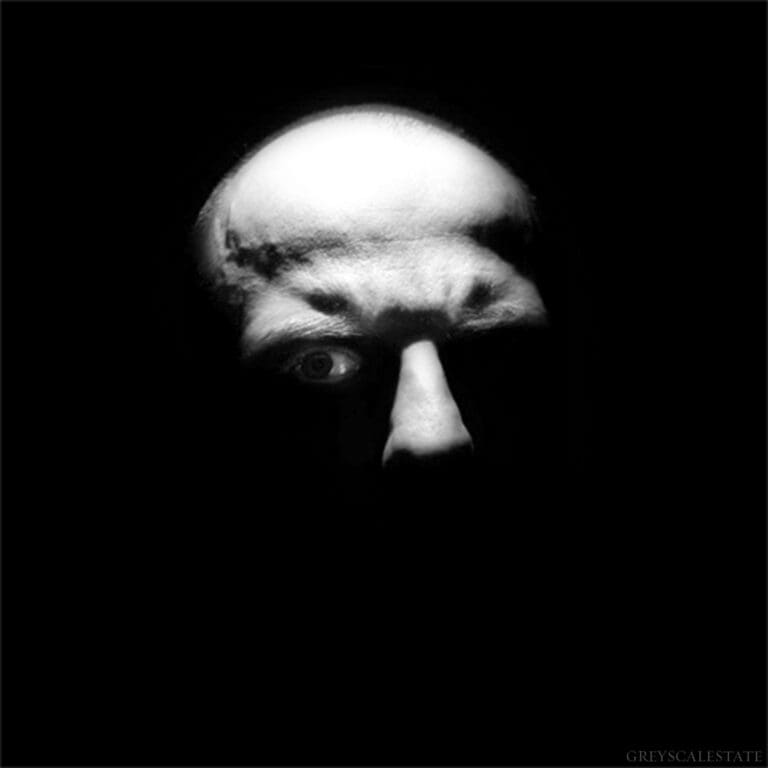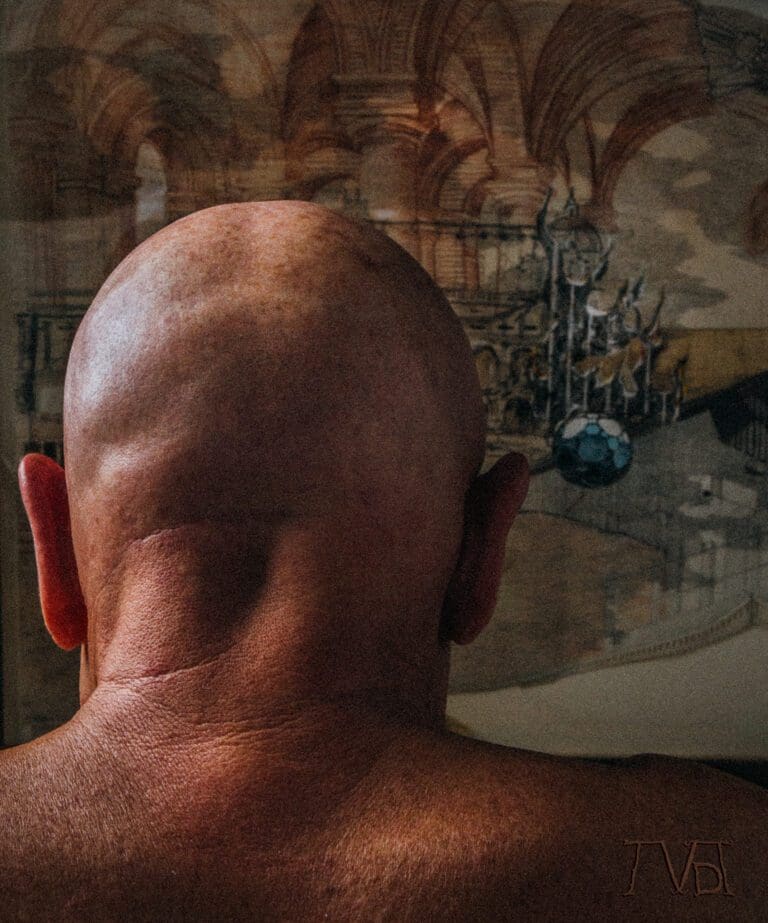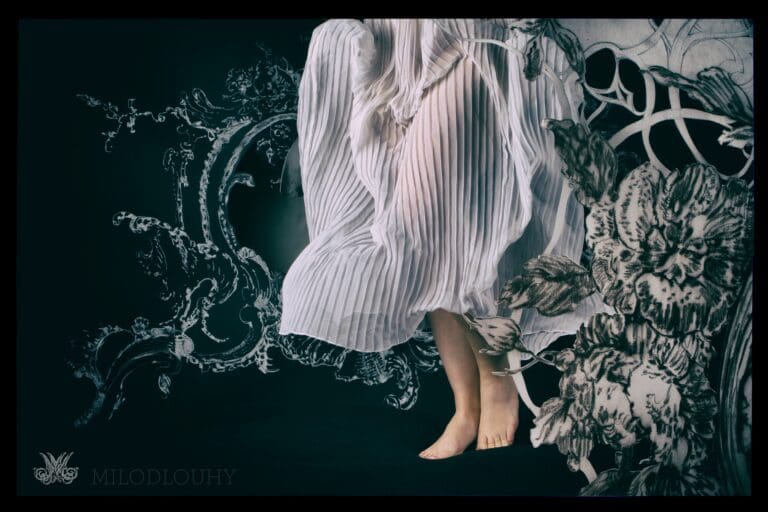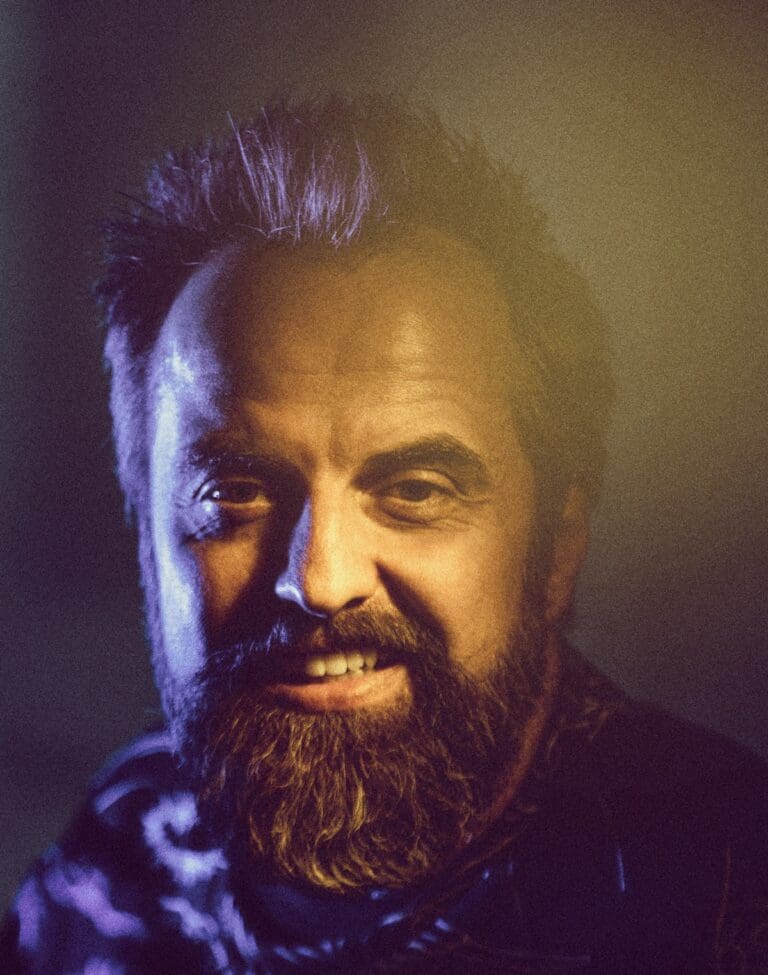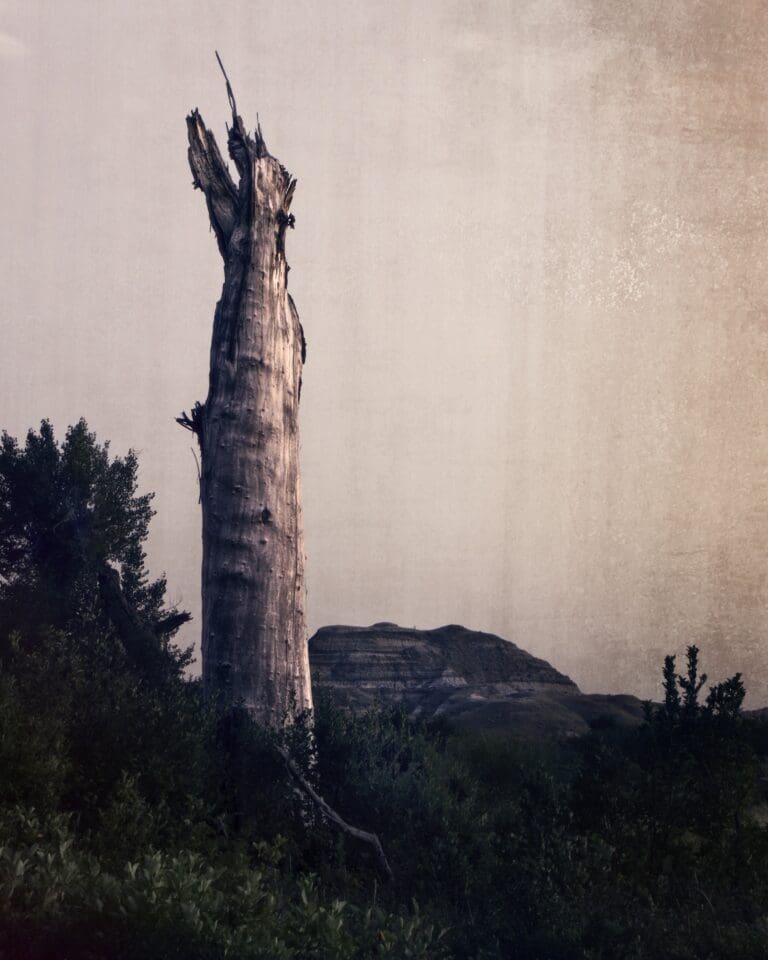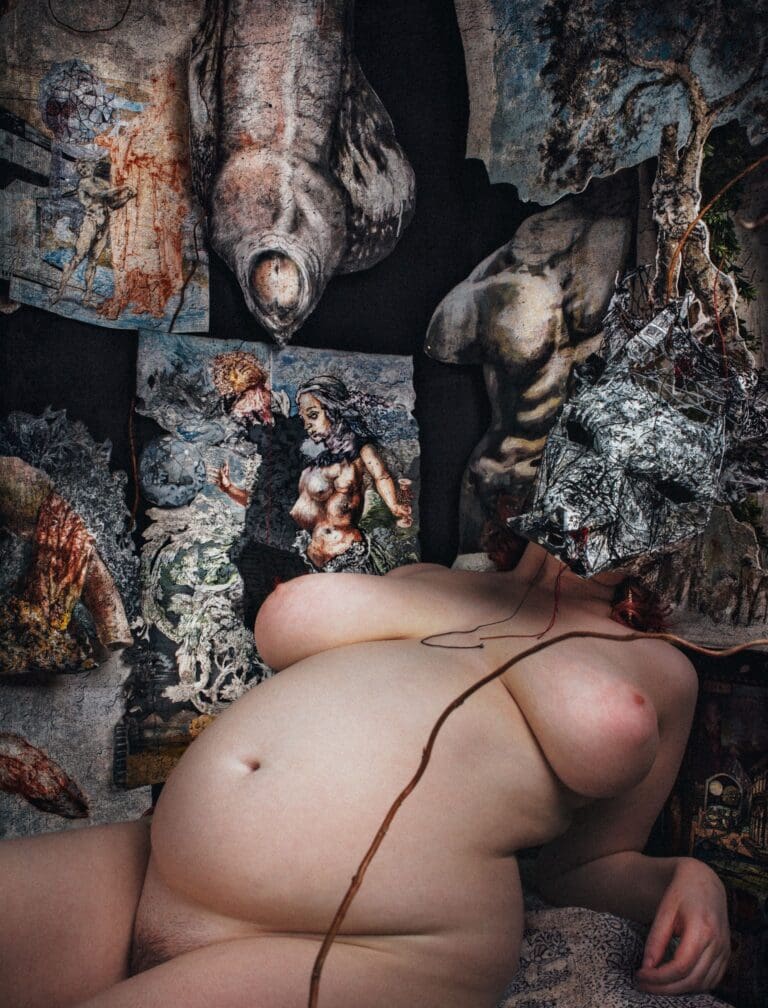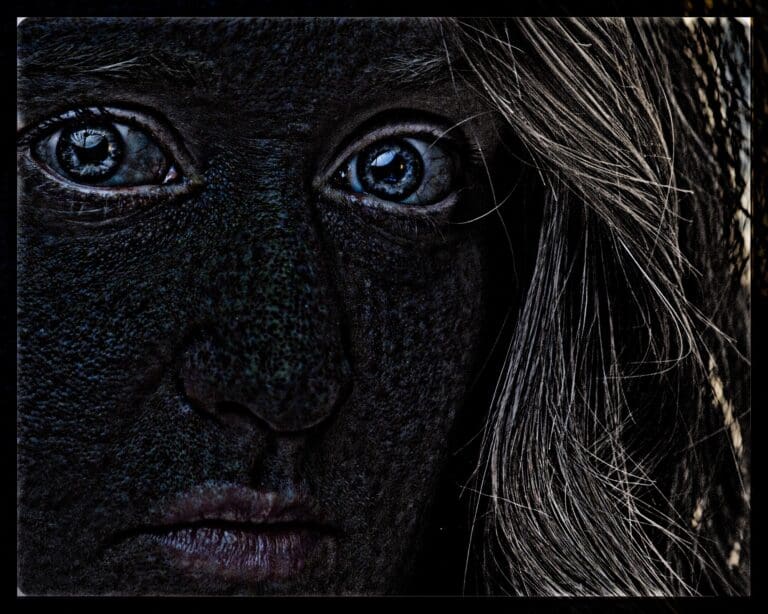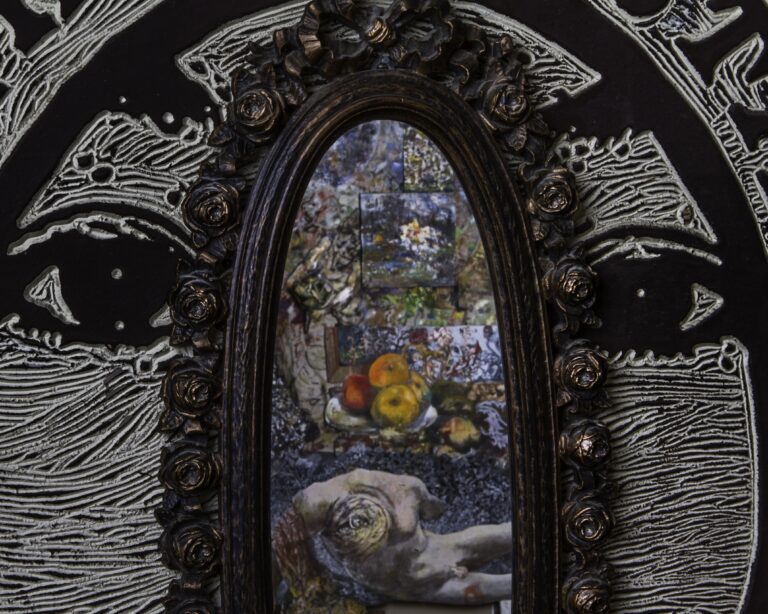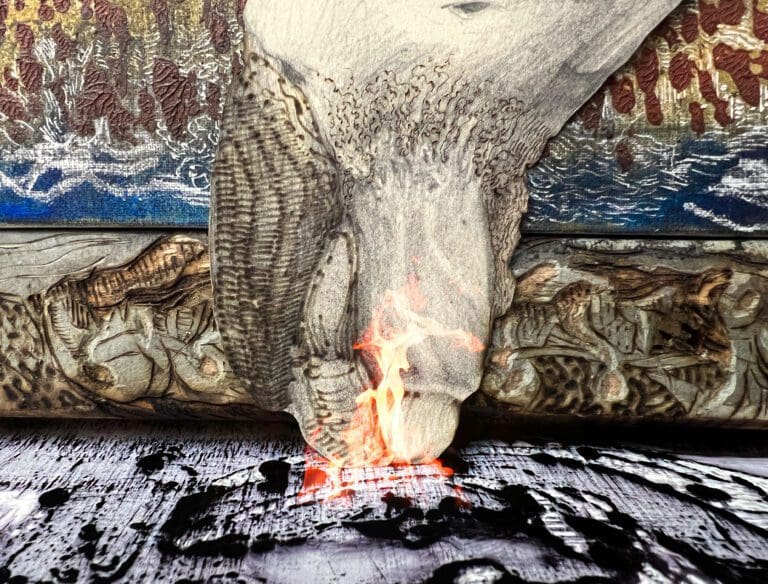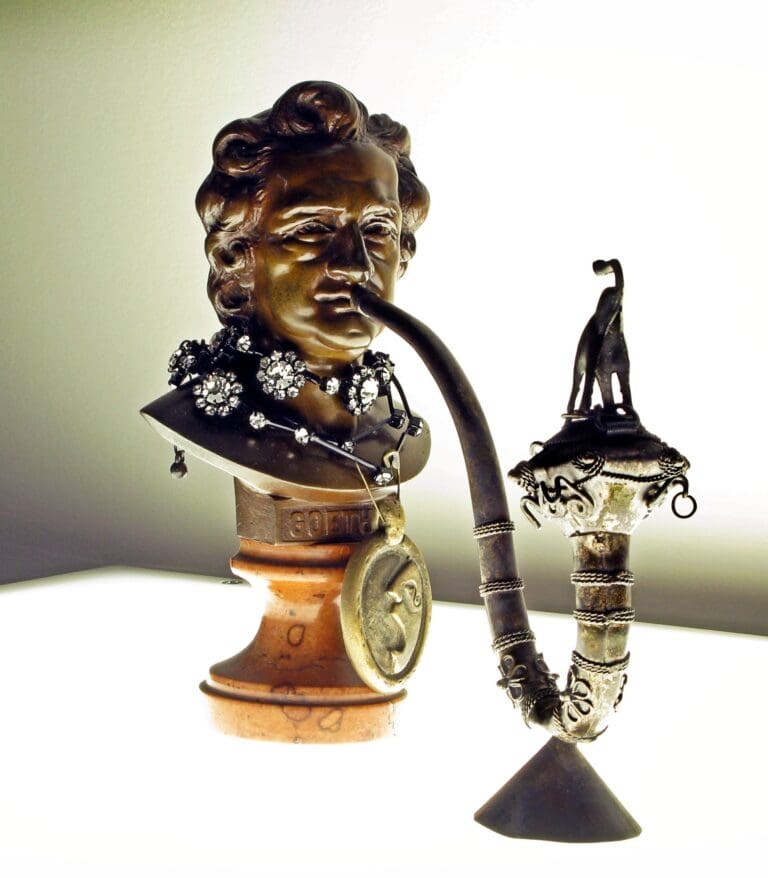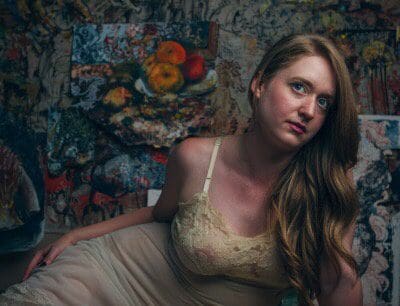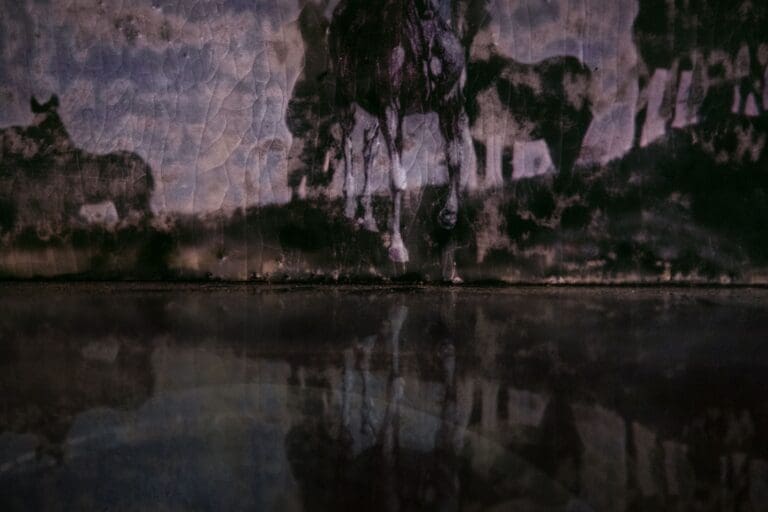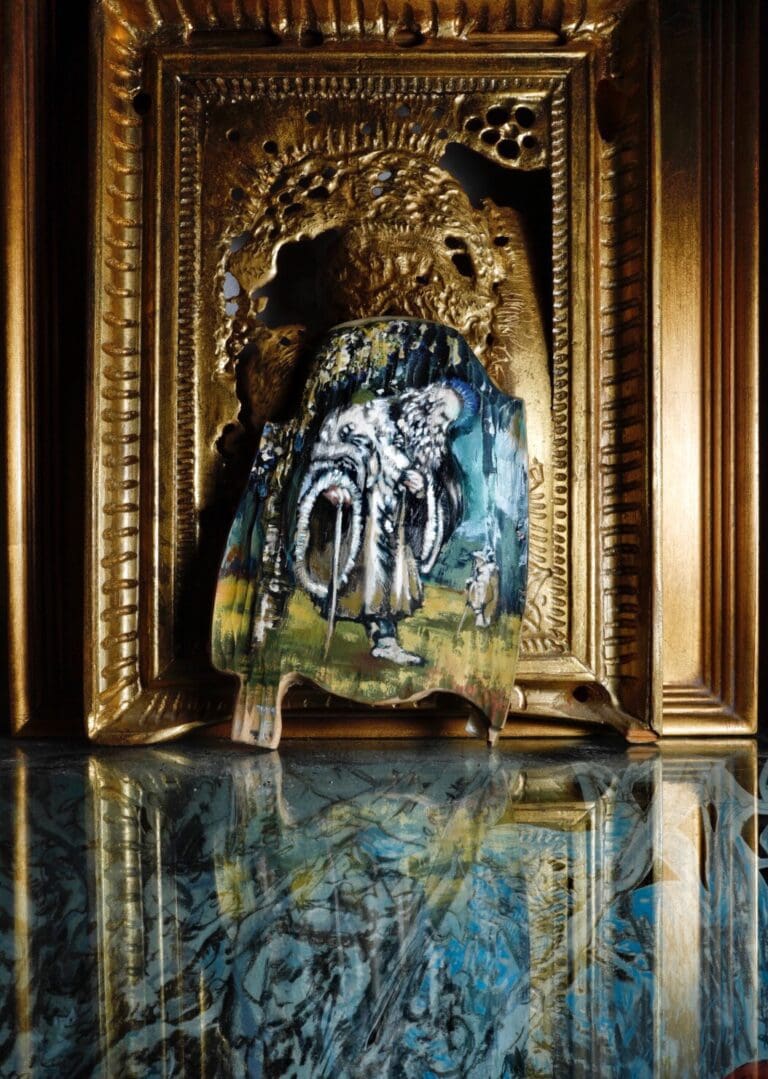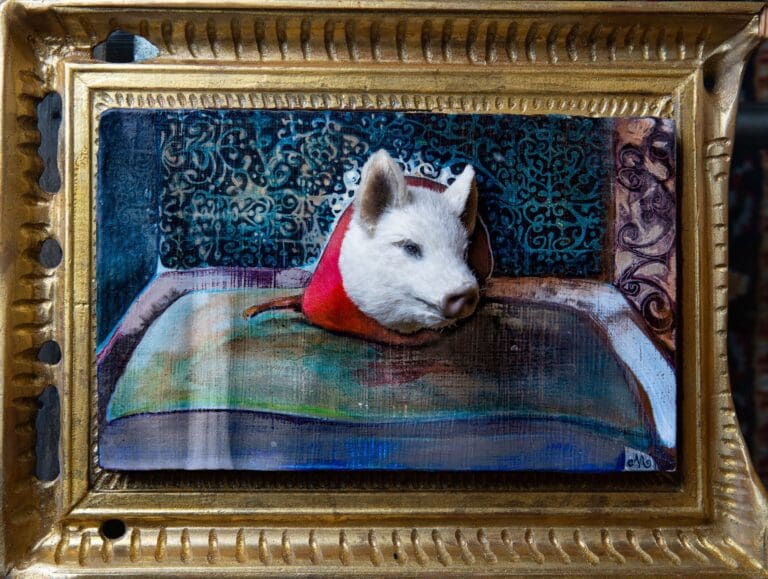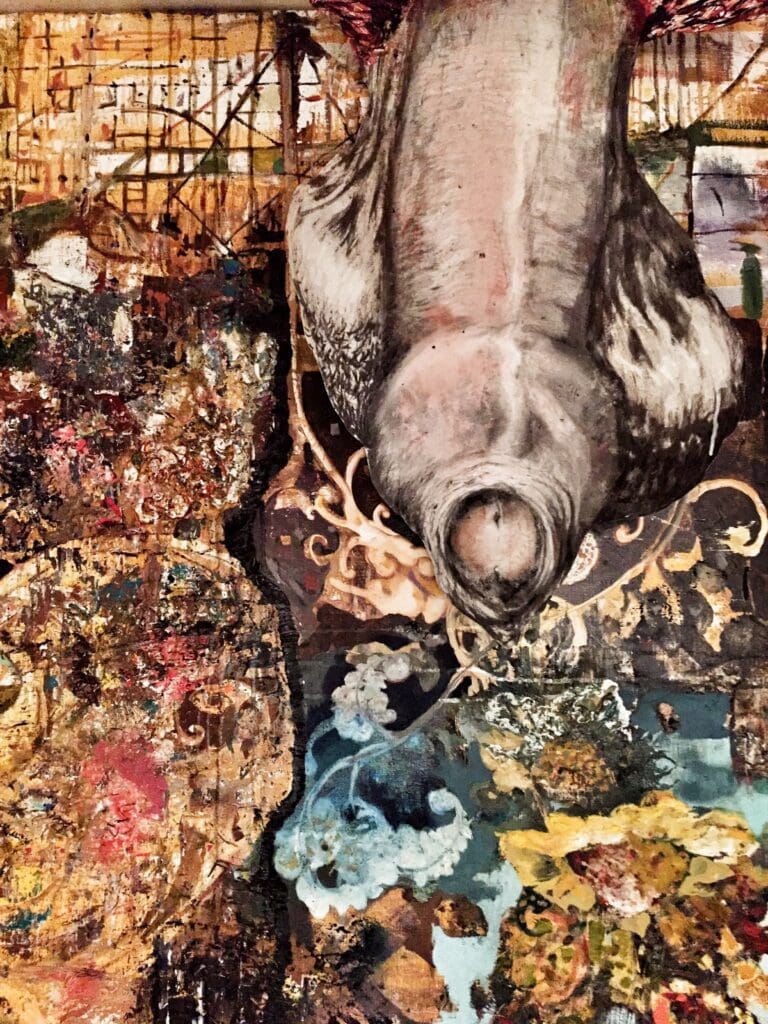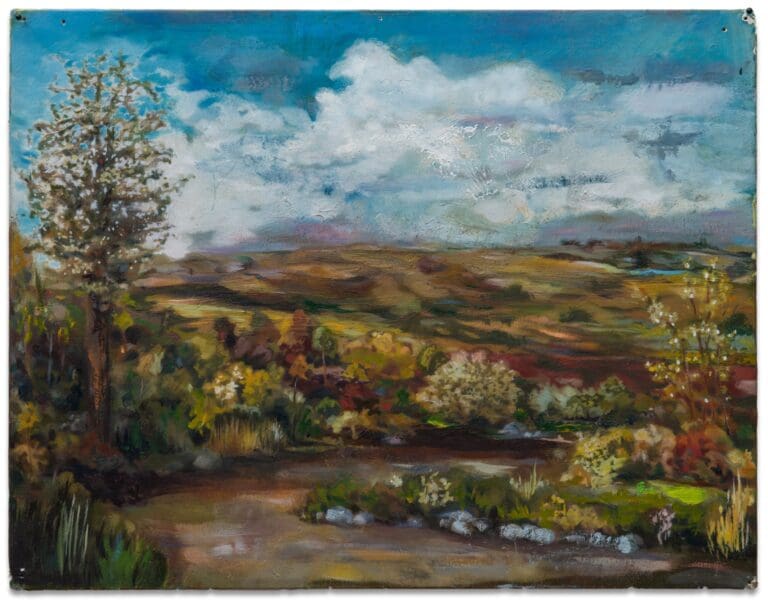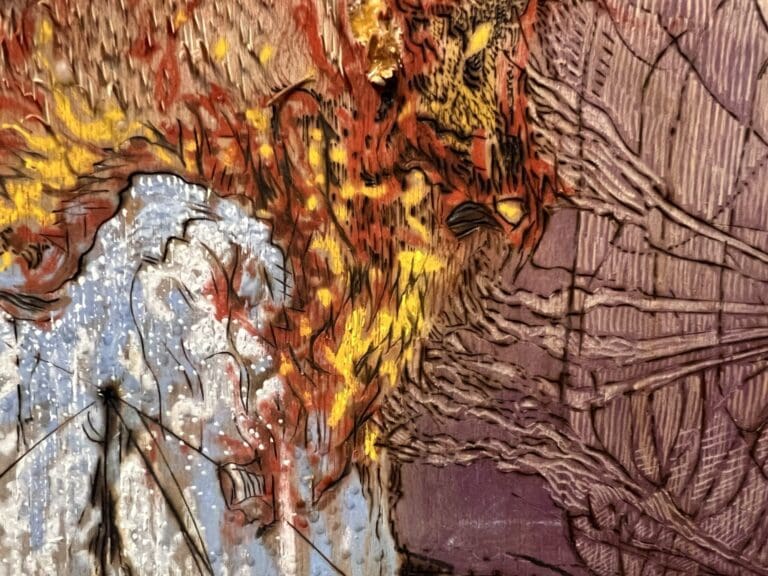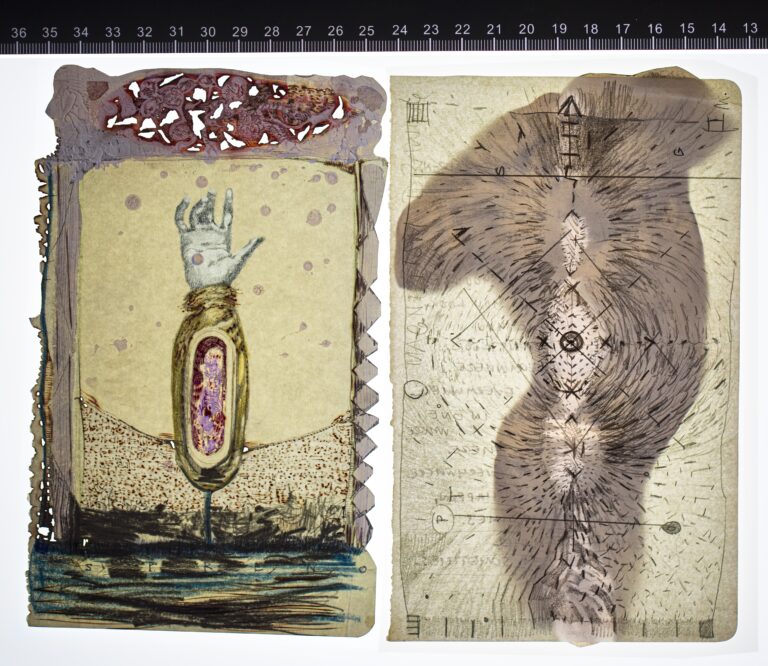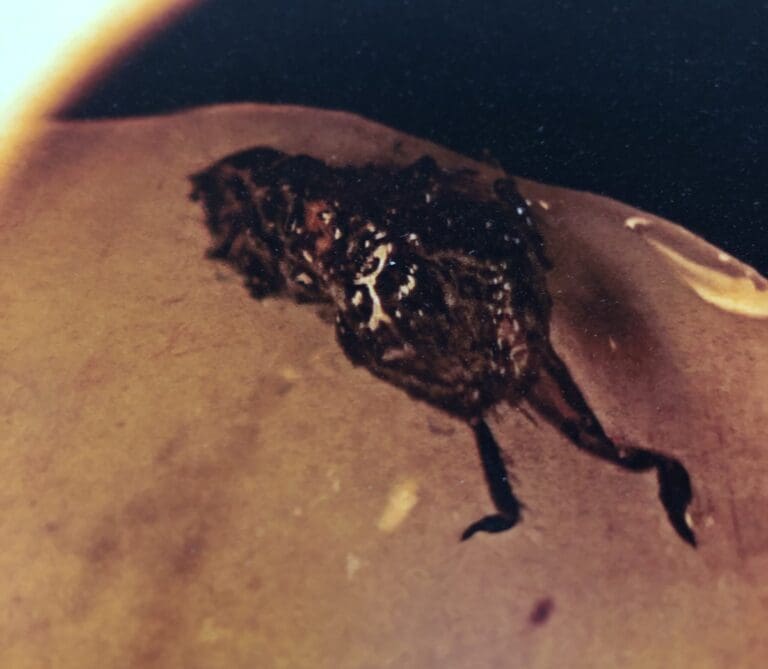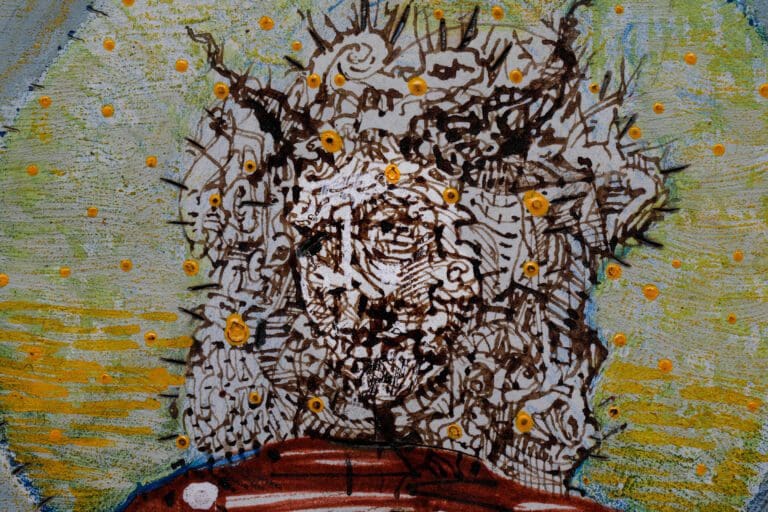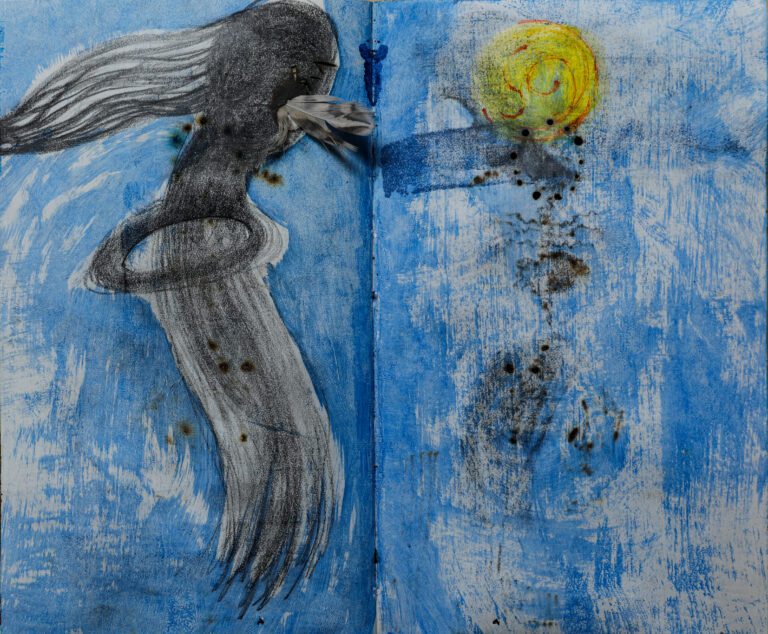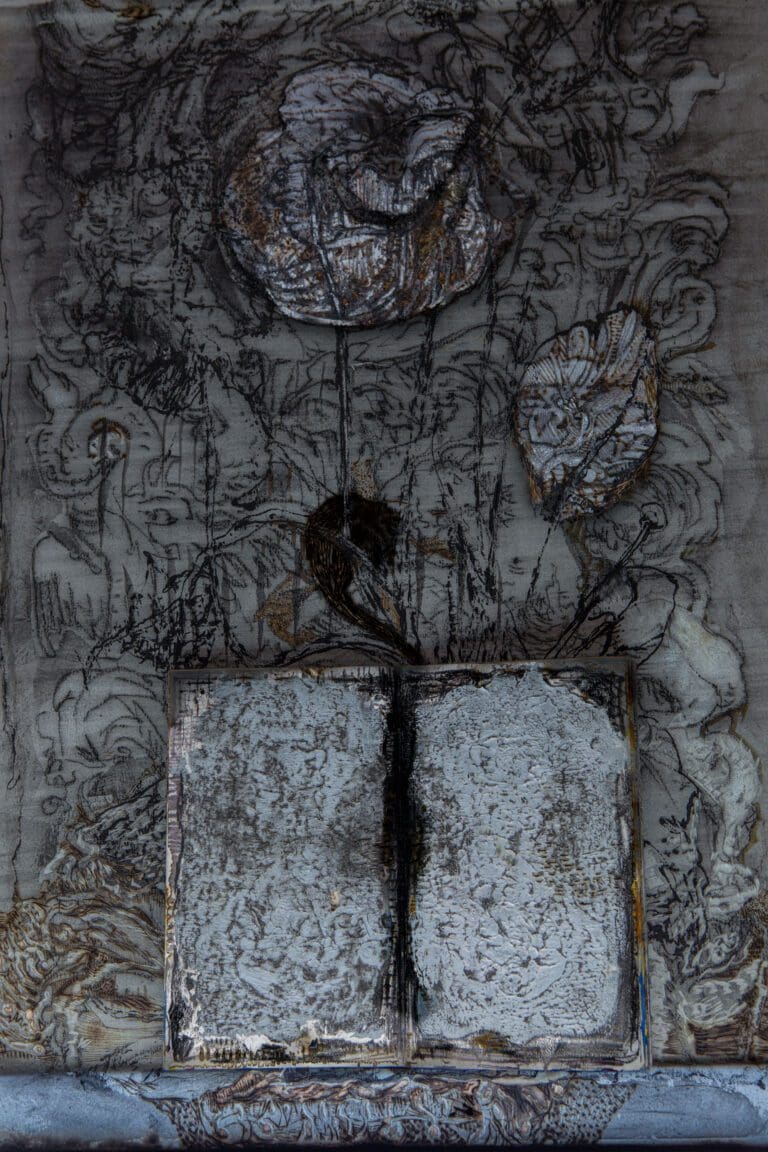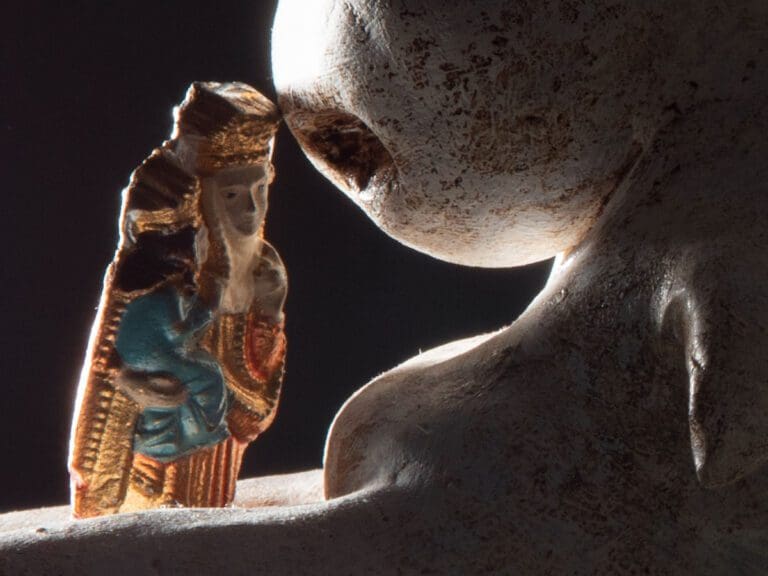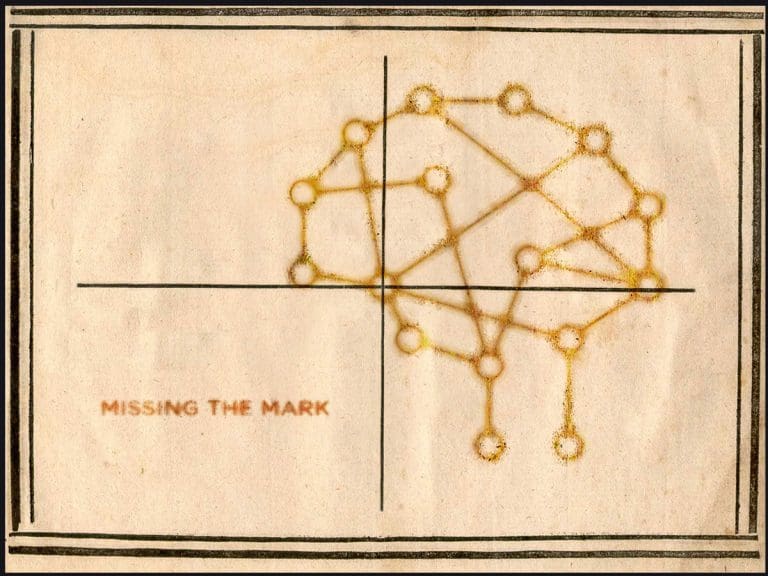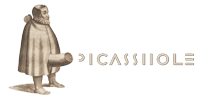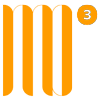Jung’s theory of the psyche is complex, but at its core, it suggests that our unconscious mind is populated by archetypes, universal symbols or themes that are common across all cultures and epochs. Among these archetypes, the Anima and Animus hold a special place.
The Anima represents the feminine aspects within the male psyche, while the Animus symbolizes the masculine aspects within the female psyche. These archetypes are not about biological sex but rather about psychological traits traditionally associated with femininity and masculinity. The Anima can be seen as the embodiment of emotion, intuition, and creativity, while the Animus represents logic, reason, and assertiveness.
The Interplay of Anima and Animus in Artistic Creativity
Artistic creativity is often seen as the ability to express oneself authentically and uniquely. It involves tapping into one’s inner world and bringing forth something new and original. This is where the Anima and Animus come into play.
Artists, regardless of their gender, can tap into both their Anima and Animus to fuel their creativity. By accessing the Anima, artists can connect with their emotions and intuition, allowing them to create art that is deeply personal and emotionally resonant. On the other hand, by engaging with the Animus, artists can apply logic and reason to their work, structuring their ideas and giving form to their creative impulses.
Moreover, the interplay between the Anima and Animus can lead to a state of balance and wholeness, a concept Jung referred to as ‘individuation’. This state of integration can unleash profound creativity, as the artist is able to draw upon the full spectrum of their psychic resources.
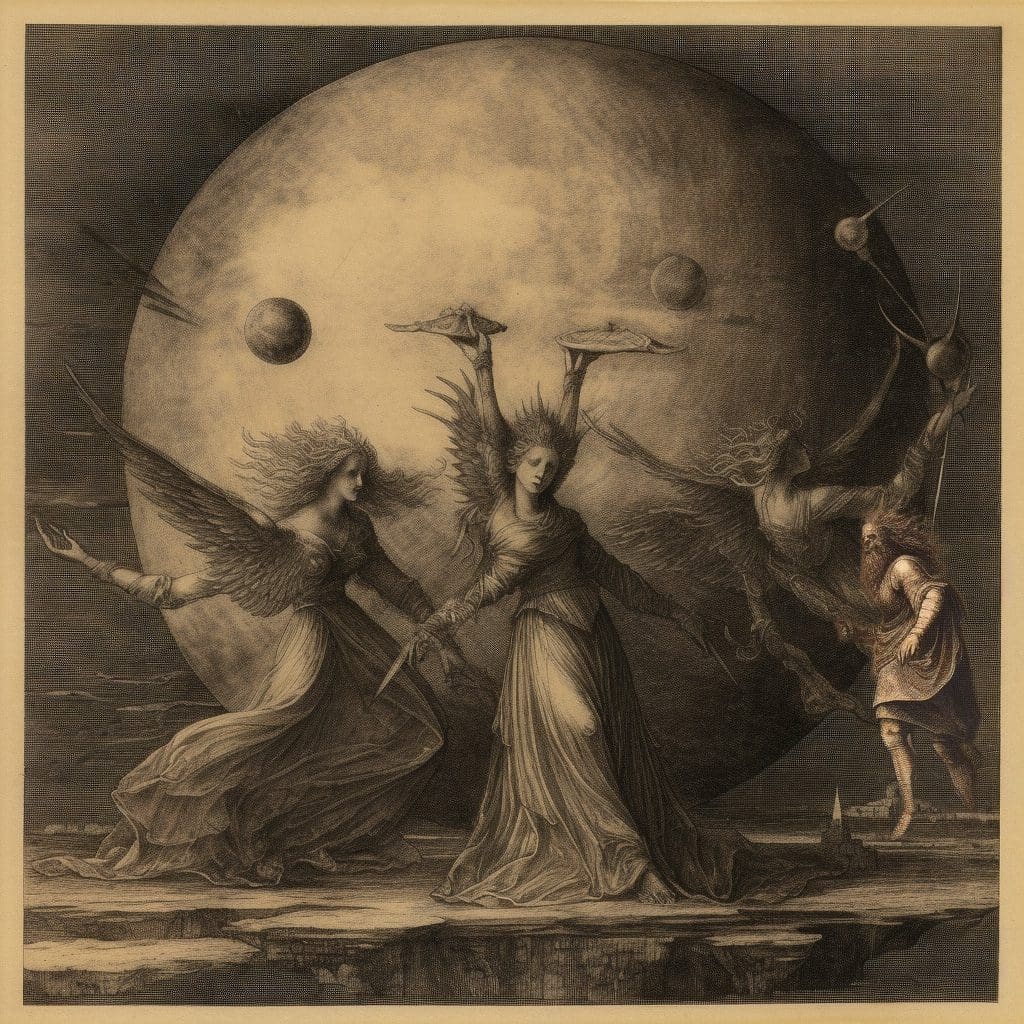
Examples in Art
Many artists have intuitively tapped into their Anima or Animus, resulting in works that reflect these archetypes. For instance, Frida Kahlo’s self-portraits often depict her in both feminine and masculine attire, suggesting a dialogue between her Animus and Anima. Similarly, the novels of Virginia Woolf often explore the fluidity of gender, reflecting the interplay of the Anima and Animus.
The Jungian concept of Anima and Animus provides a fascinating lens through which to view artistic creativity. By embracing both these archetypes, artists can tap into a deep well of creativity, producing art that is both emotionally resonant and intellectually engaging. As we continue to explore the depths of our unconscious minds, we may find that these archetypes offer a key to unlocking our full creative potential.
Explanation for a ten year old.
Max was a very creative boy. He loved to draw all sorts of things, from towering castles to fierce dragons. But Max had a special friend who helped him with his drawings, and her name was Luna.
Luna was not a regular friend. She was invisible, living inside Max’s mind. Luna was Max’s Anima, the girl part of his mind. She was full of feelings, intuition, and creativity. Luna could imagine the most beautiful princesses and the most enchanting landscapes. She was the one who whispered to Max what colors to use, how to draw the princess’s dress, or how the dragon’s scales should look.
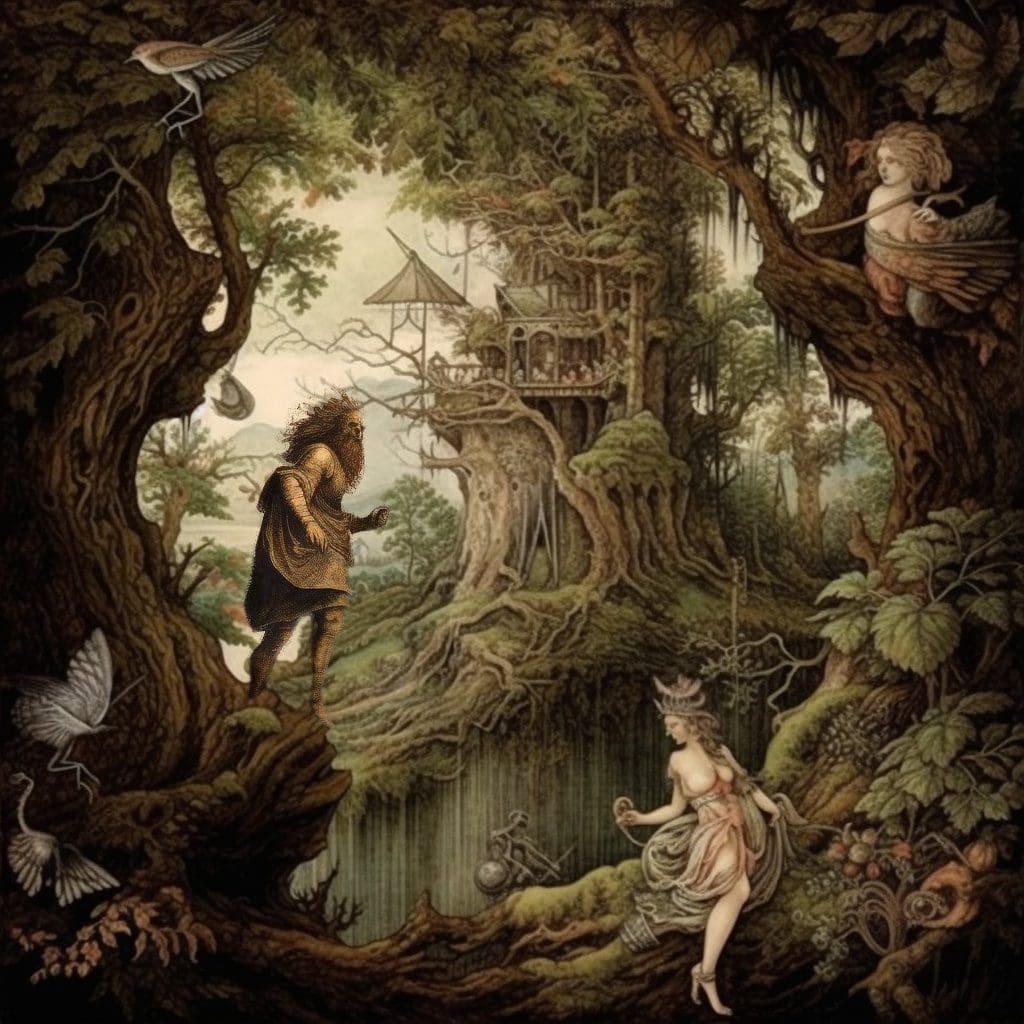
On the other hand, Max also had another friend in his mind, a boy named Sol. Sol was Max’s Animus, the boy part of his mind. Sol was logical, practical, and assertive. He helped Max to structure his drawings, to decide where the castle should stand, or how big the dragon should be.
Max loved both Luna and Sol. When he was drawing, he would listen to both of them. Luna would inspire him with her creativity and emotions, while Sol would guide him with his logic and structure. Together, they helped Max to create the most wonderful drawings.
One day, Max decided to draw a picture for himself. Luna suggested drawing a beautiful fairy in a magical forest. Sol, on the other hand, thought it would be better to draw a treasure island. Max was confused. He didn’t know whose advice to follow.
Then, Max had an idea. Why not combine Luna’s and Sol’s ideas? He could draw a magical forest on a treasure island, with a beautiful fairy guarding the treasure. Luna and Sol loved the idea. They worked together, helping Max to create his best drawing yet.
Max learned that by listening to both Luna and Sol, he could create amazing things. He understood that everyone has an Anima and an Animus inside them, helping them to balance their feelings and thoughts, their creativity and logic. That’s the magic of the Anima and Animus.

An example of an artist using the concept of Anima in his artwork is Johfra Bosschart, a Dutch painter known for his esoteric and symbolic works. Bosschart’s art is deeply influenced by Jungian psychology, and he often used his wife, Ellen Lórien, as his muse.
One of his most notable works, “Psyche,” showcases the Anima archetype. In this painting, Bosschart depicts his wife in a dreamlike landscape, surrounded by symbolic elements. The figure of Ellen Lórien is ethereal and radiant, embodying the feminine qualities of the Anima. Her presence in the painting is not merely physical; she also represents the emotional and intuitive aspects of the artist’s psyche.
Bosschart’s use of his wife as his muse aligns with the concept of the Anima as a man’s inner feminine figure. Through his art, Bosschart was able to externalize his Anima, using Ellen Lórien as a conduit for expressing the feminine aspects of his unconscious mind. This process allowed him to tap into a deep well of creativity, resulting in artworks that are both personal and universal in their appeal.
